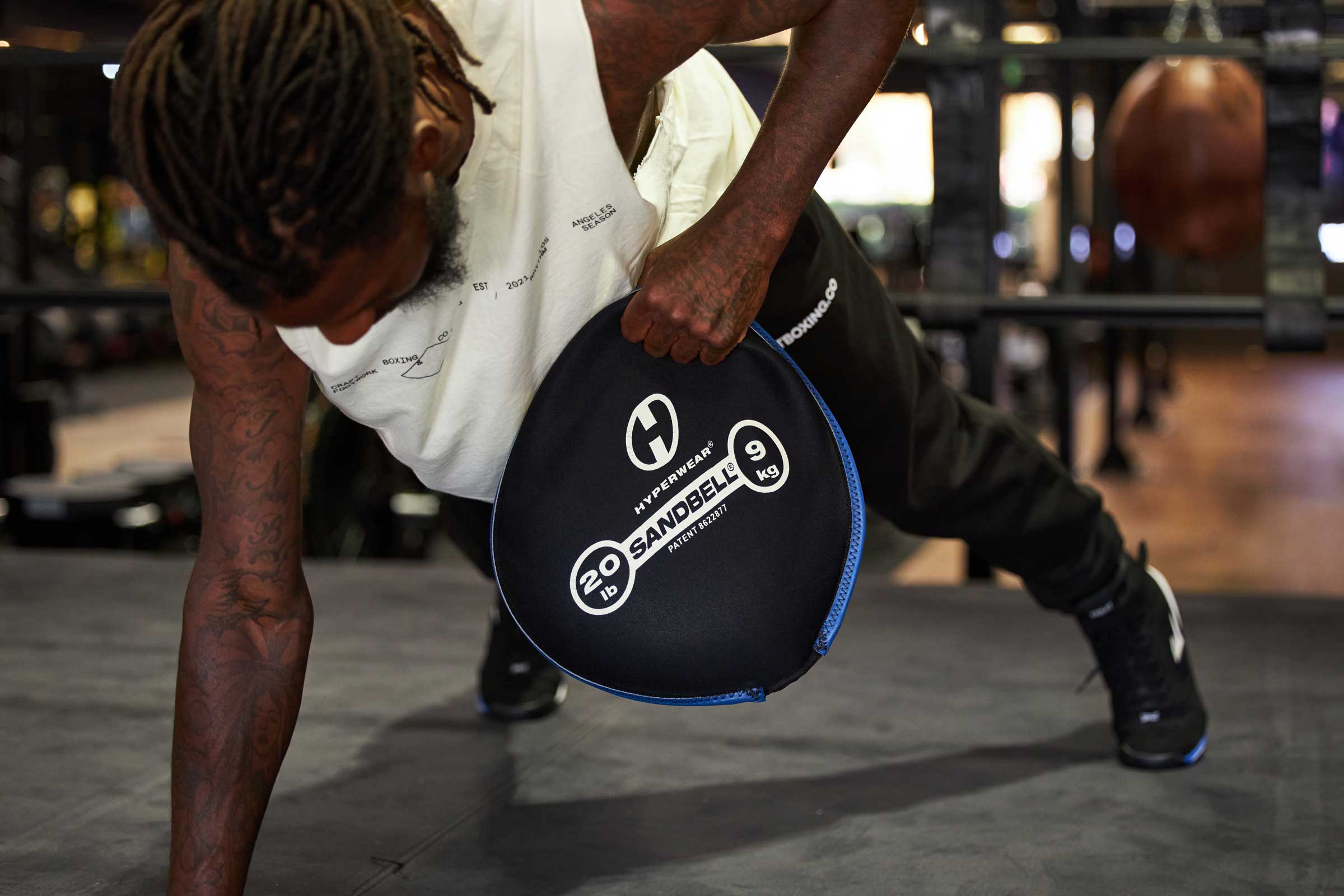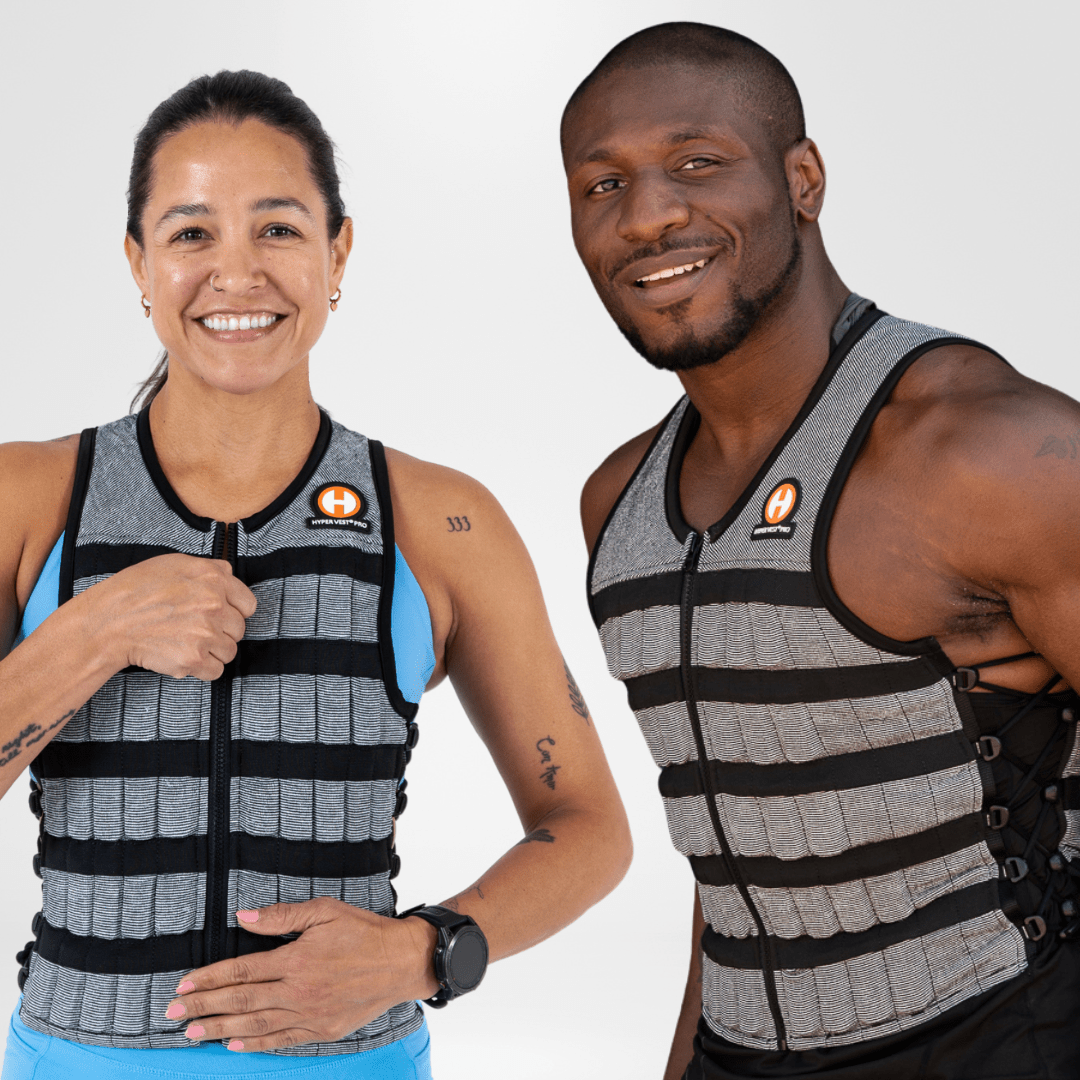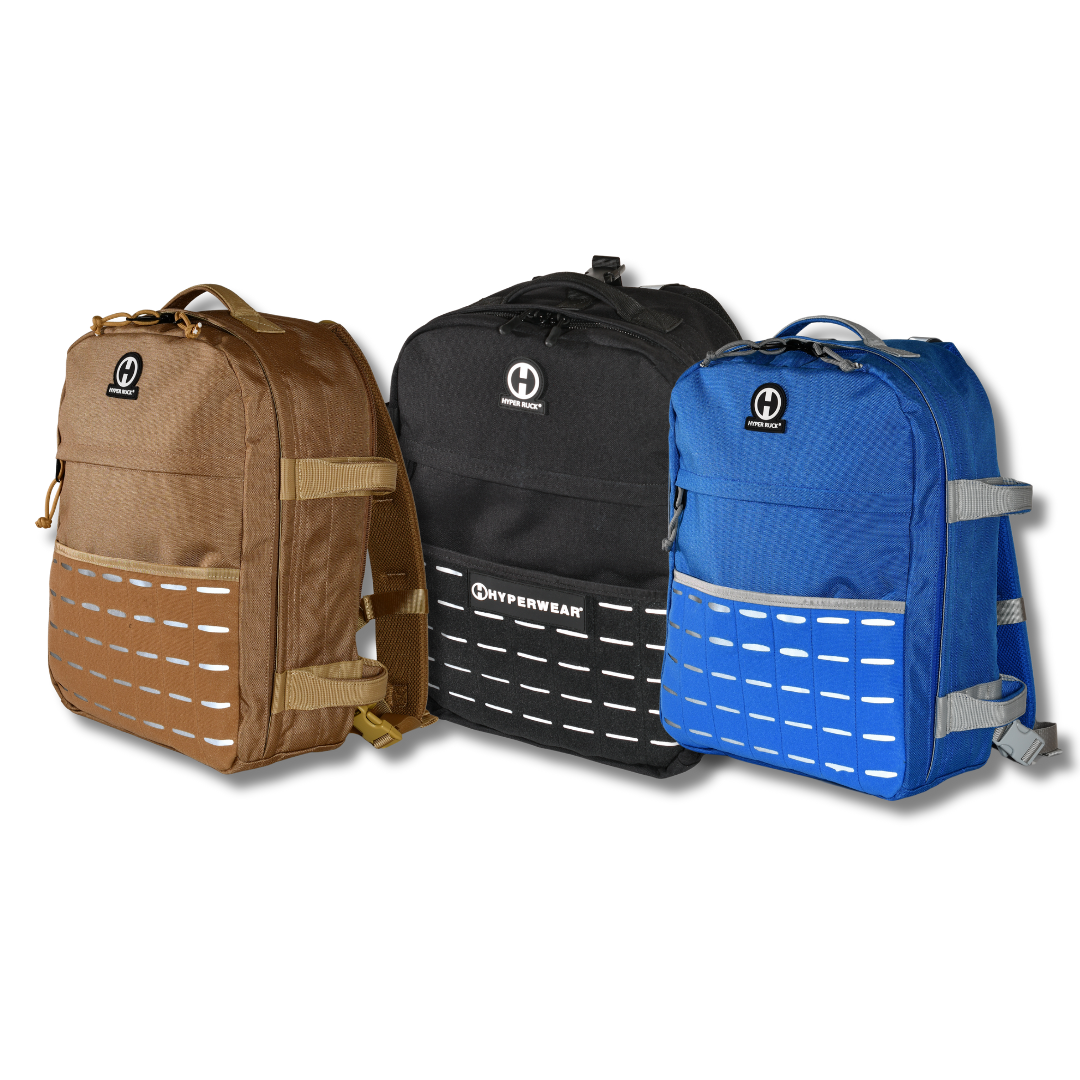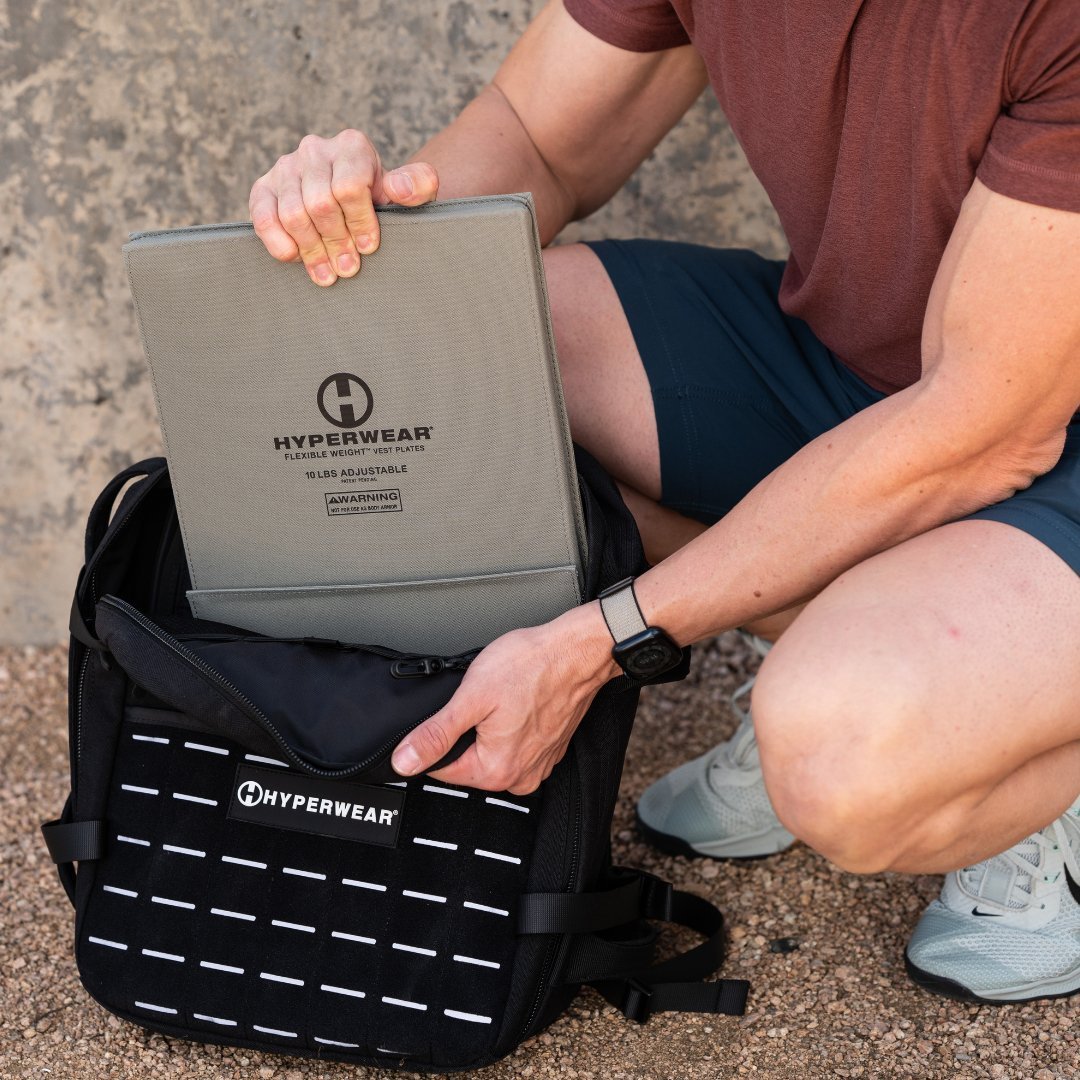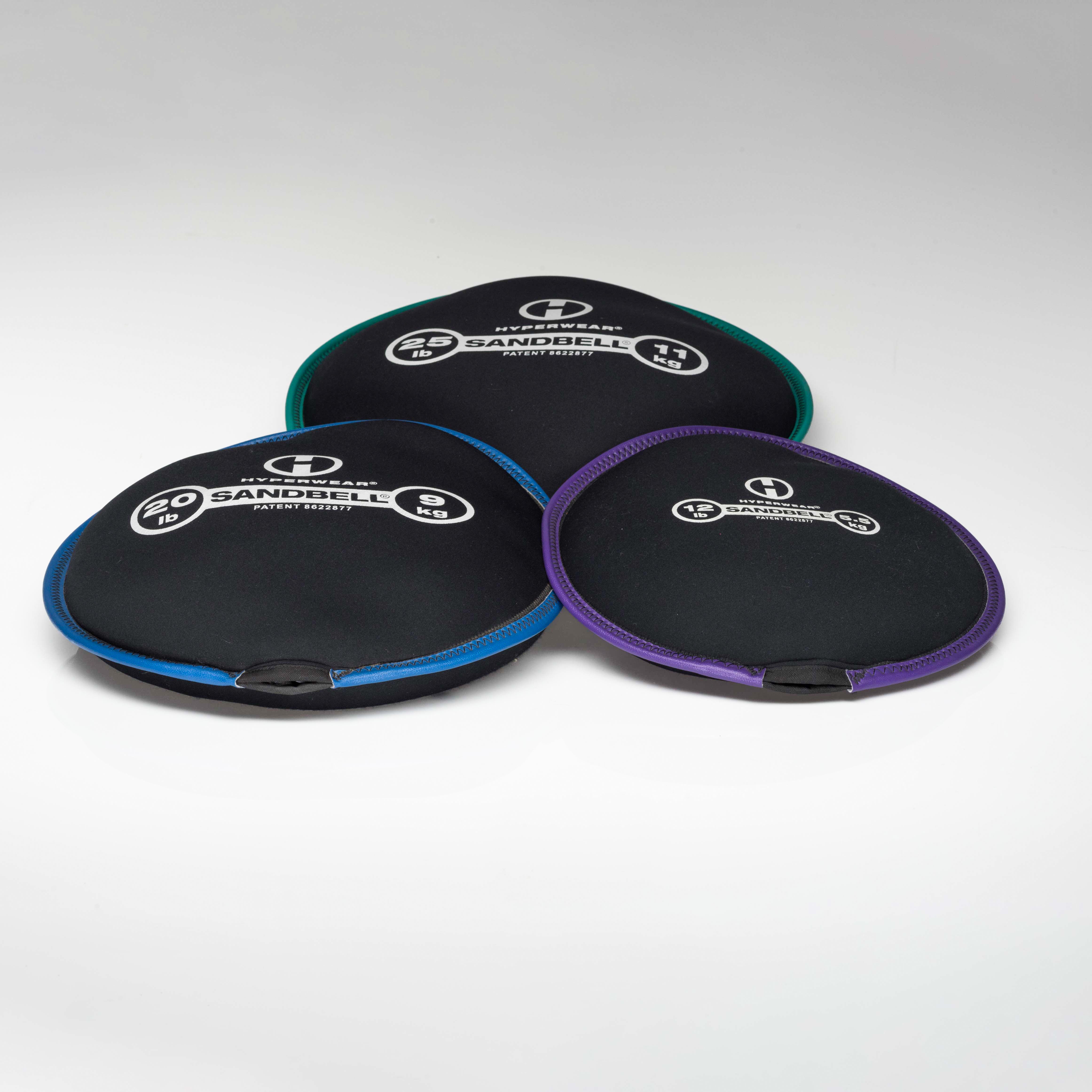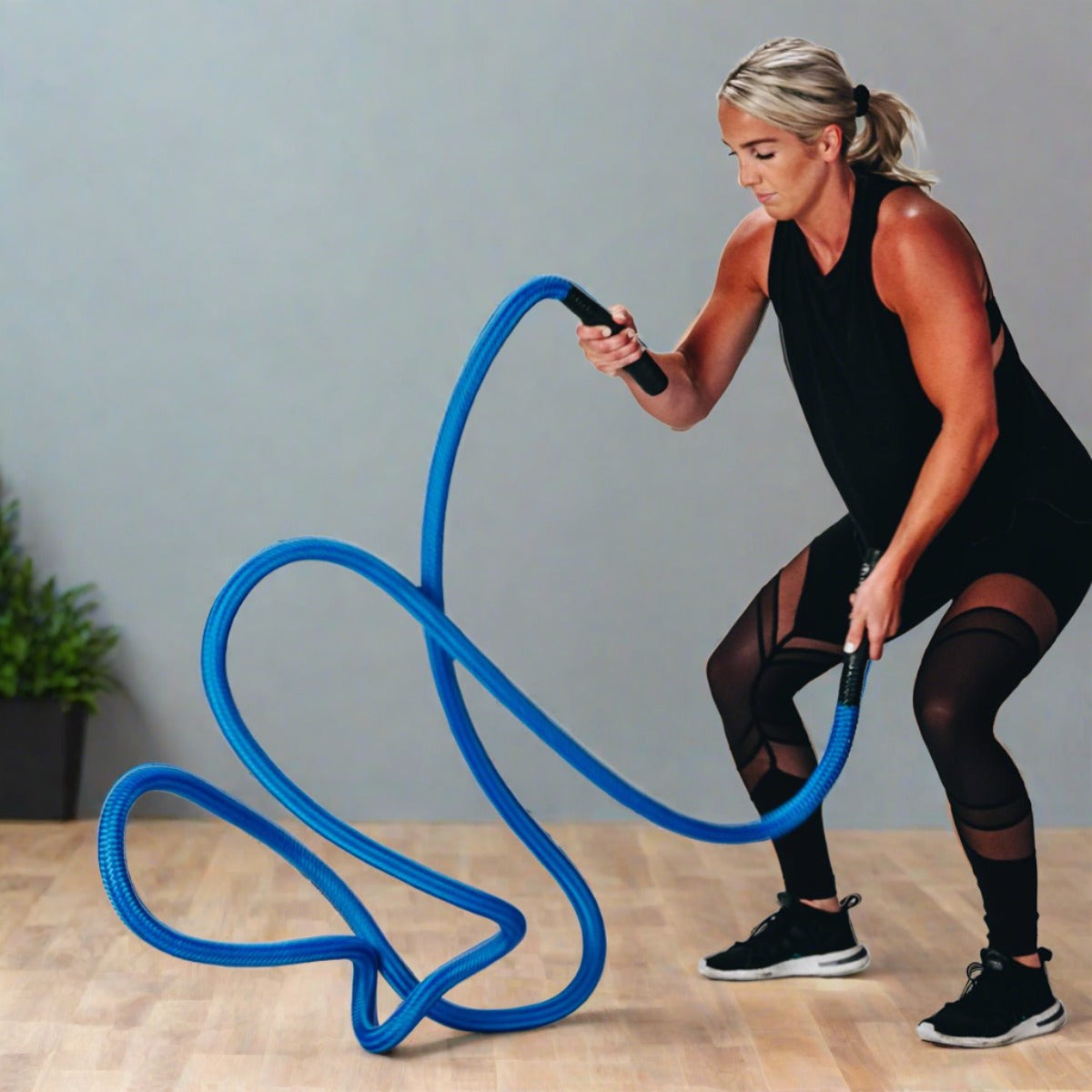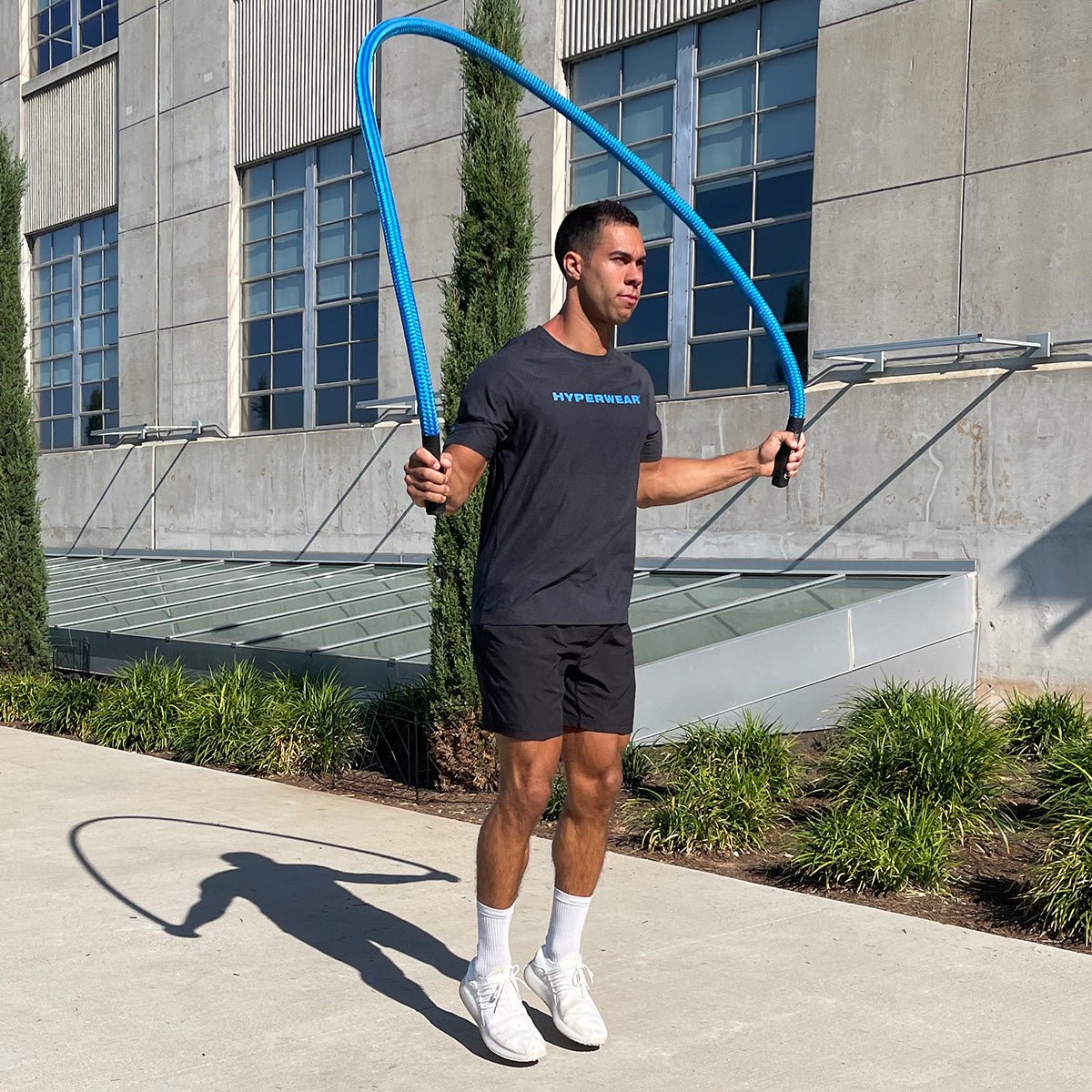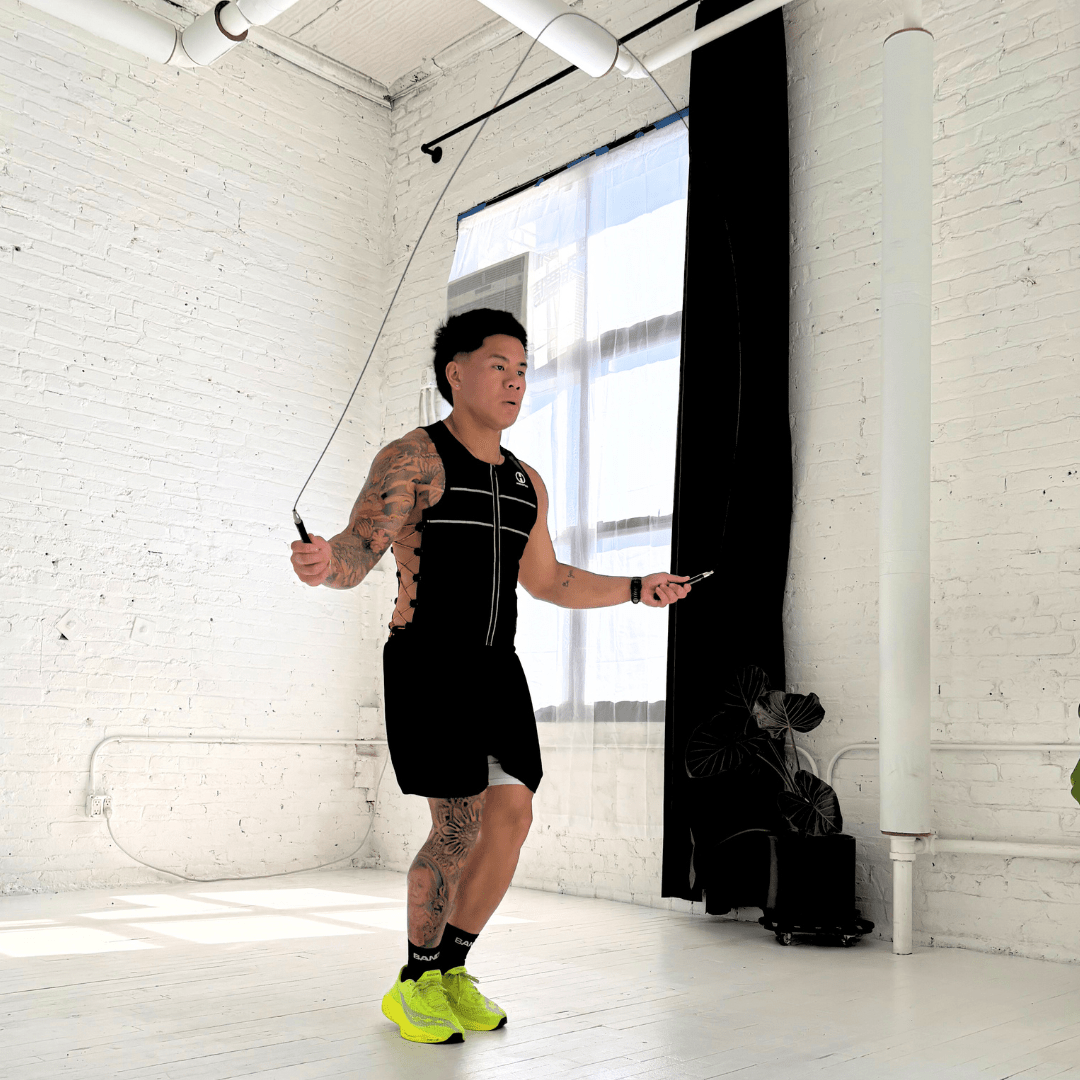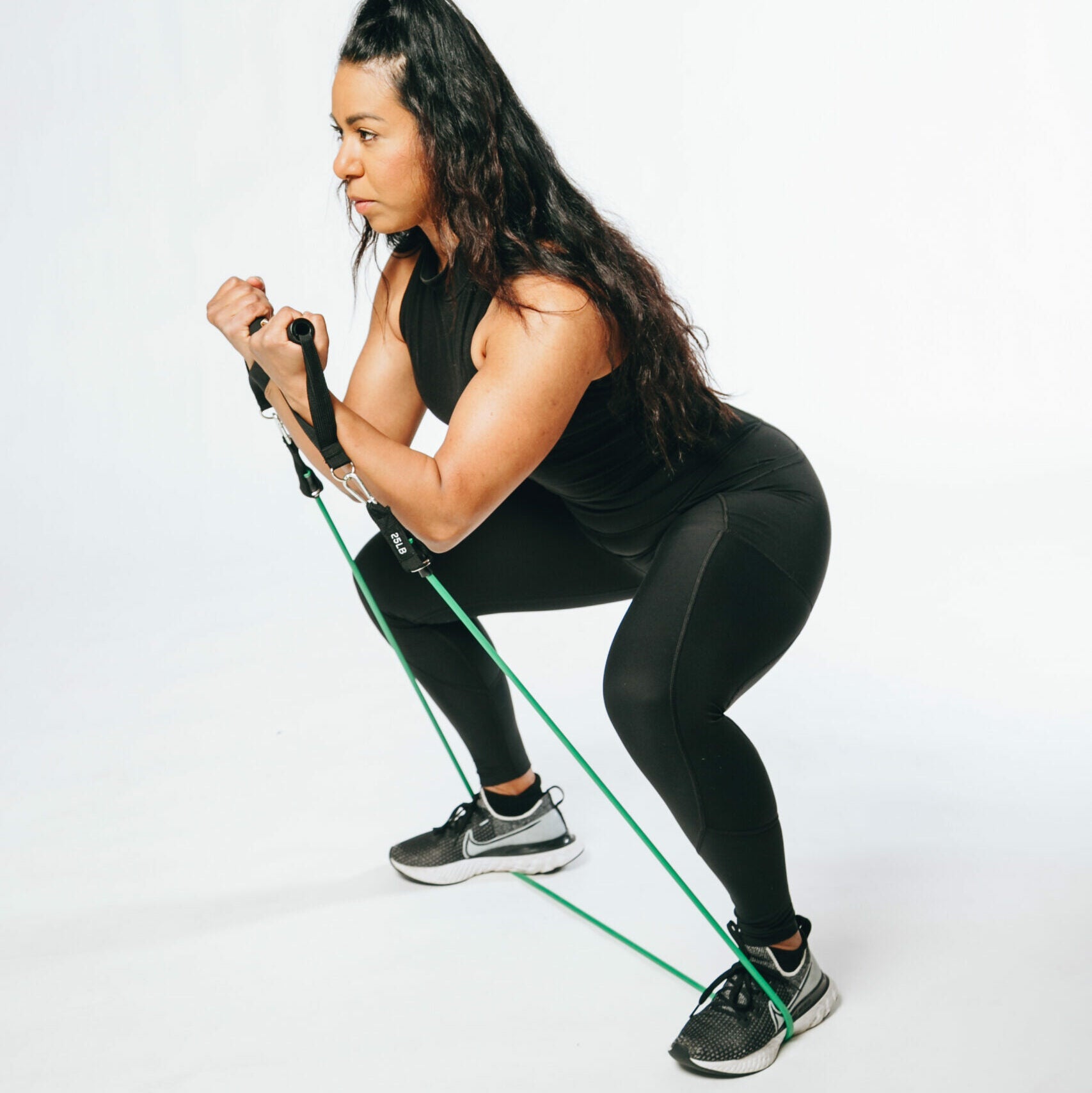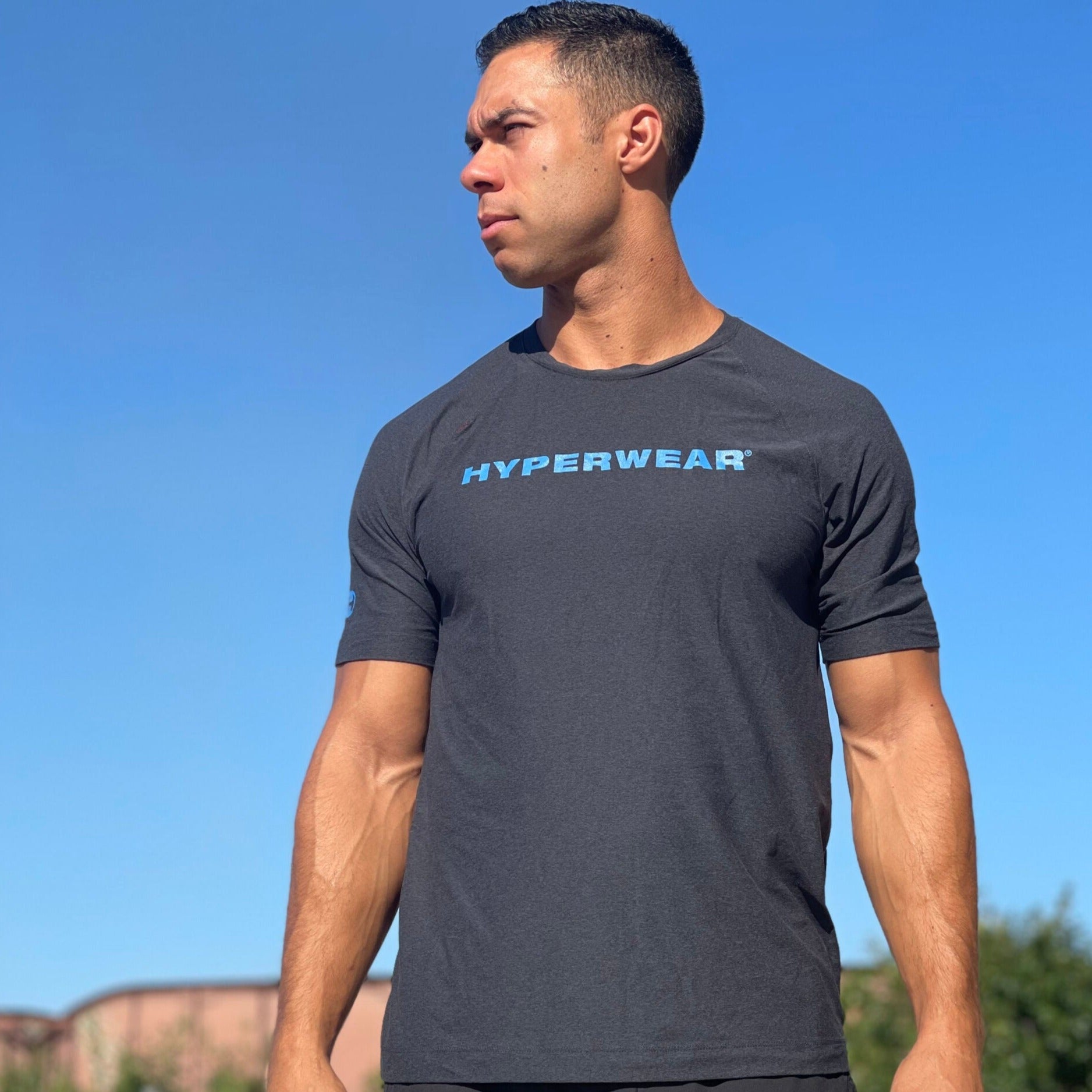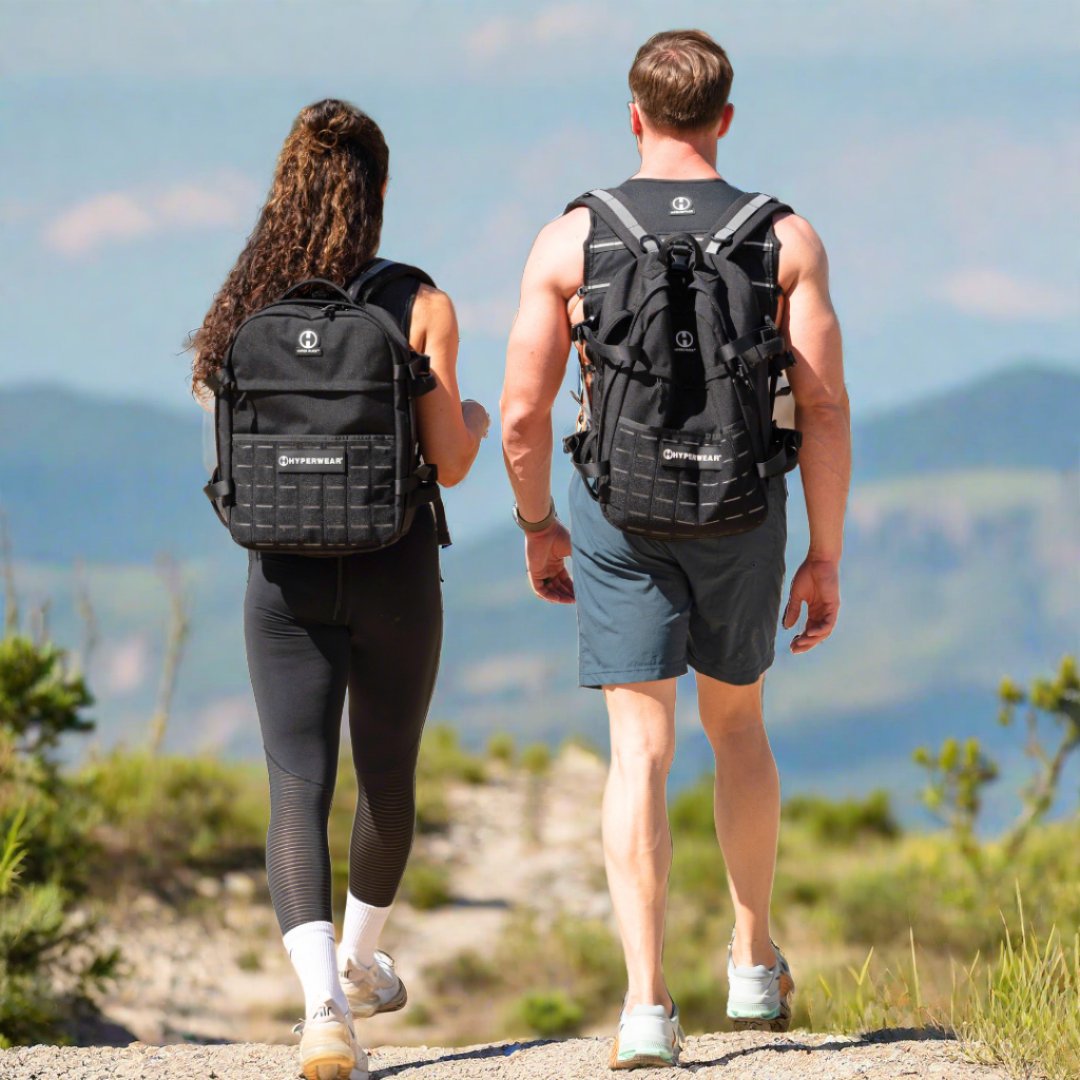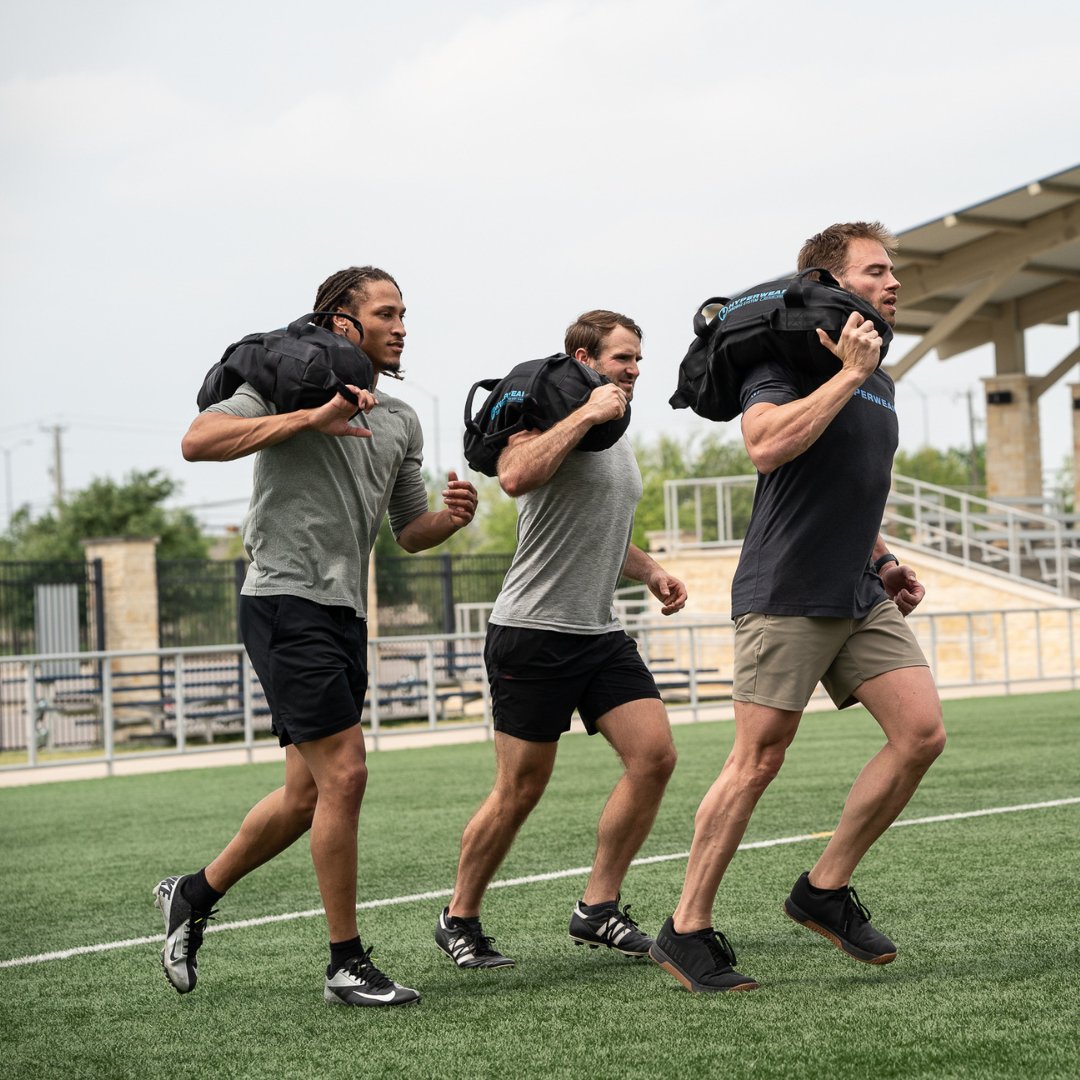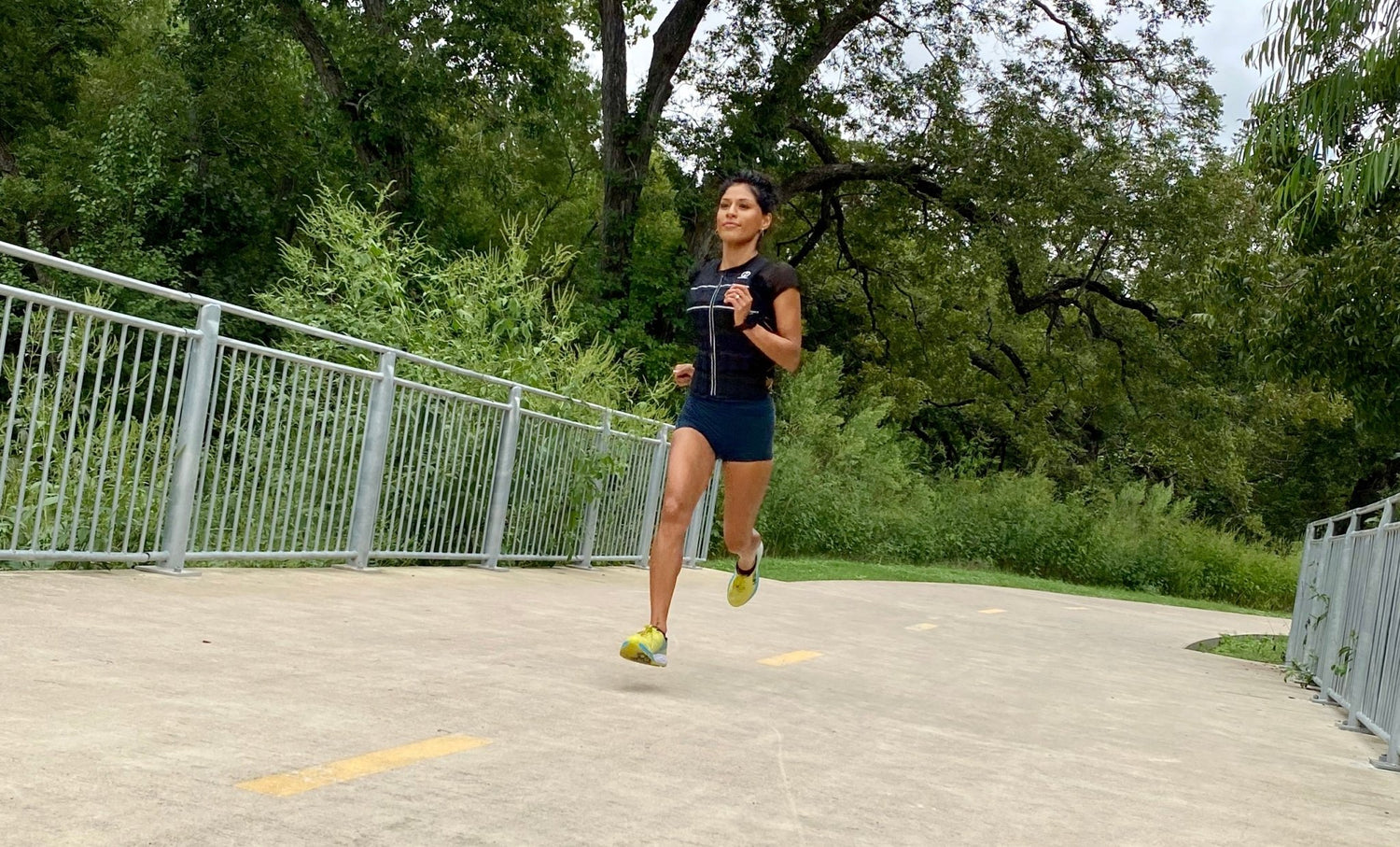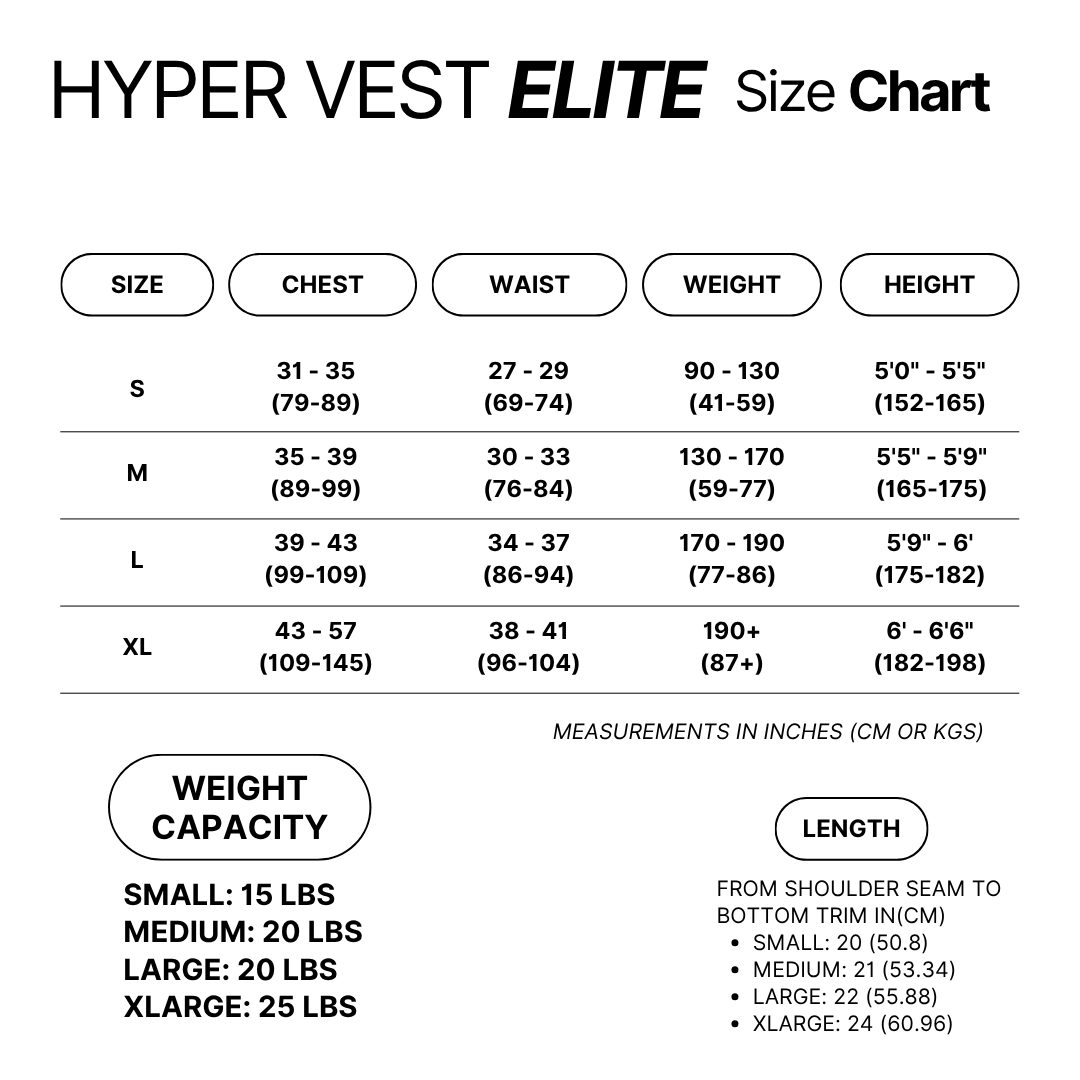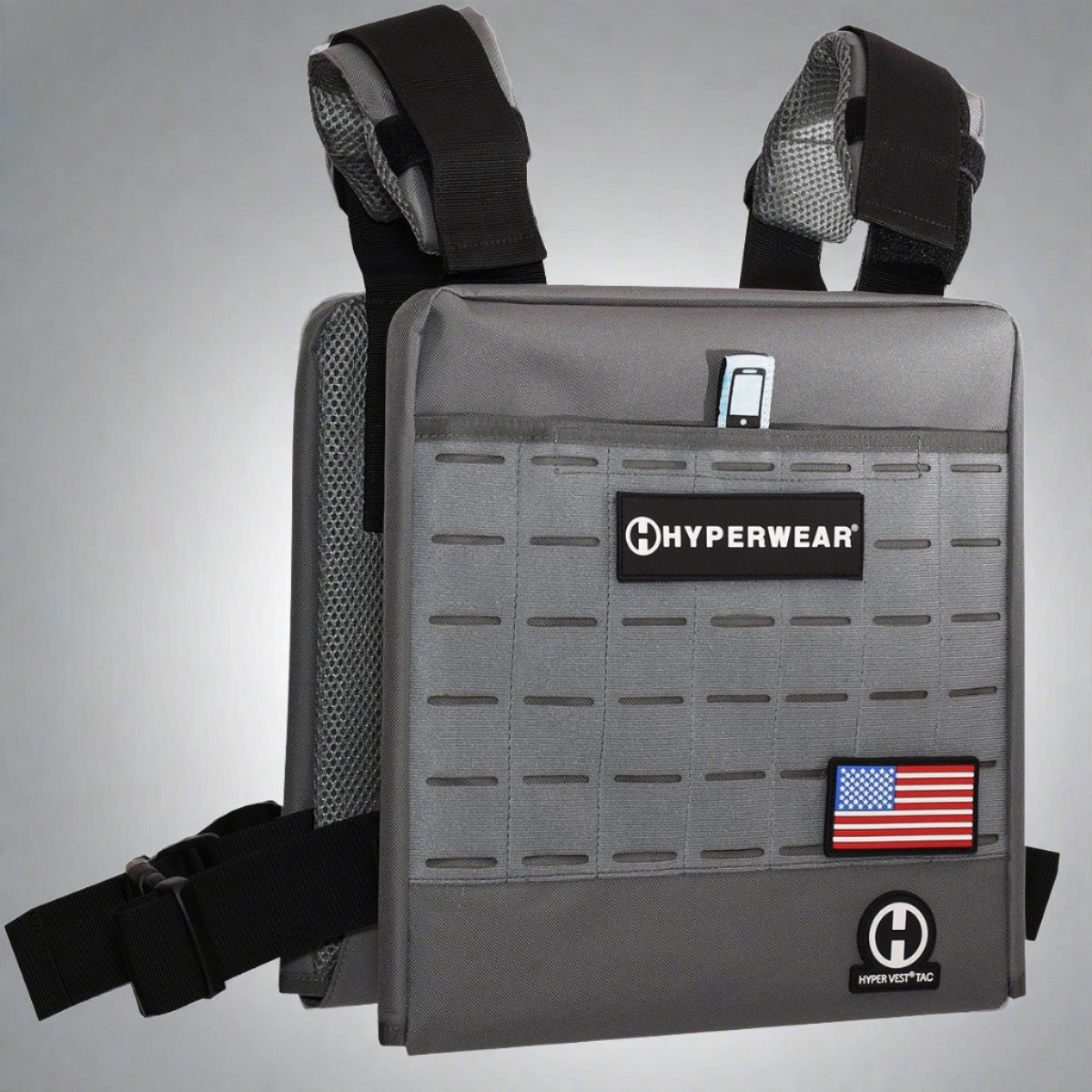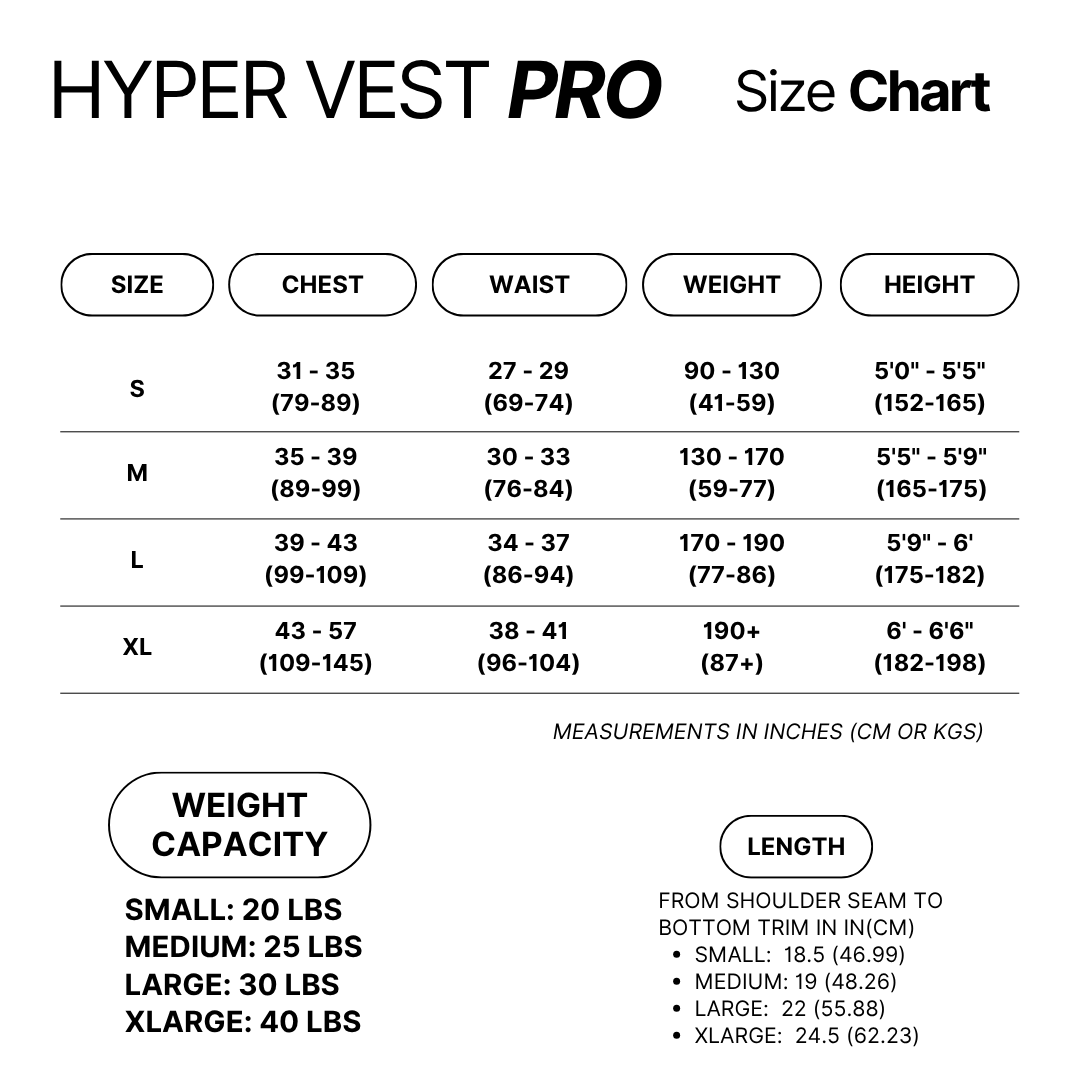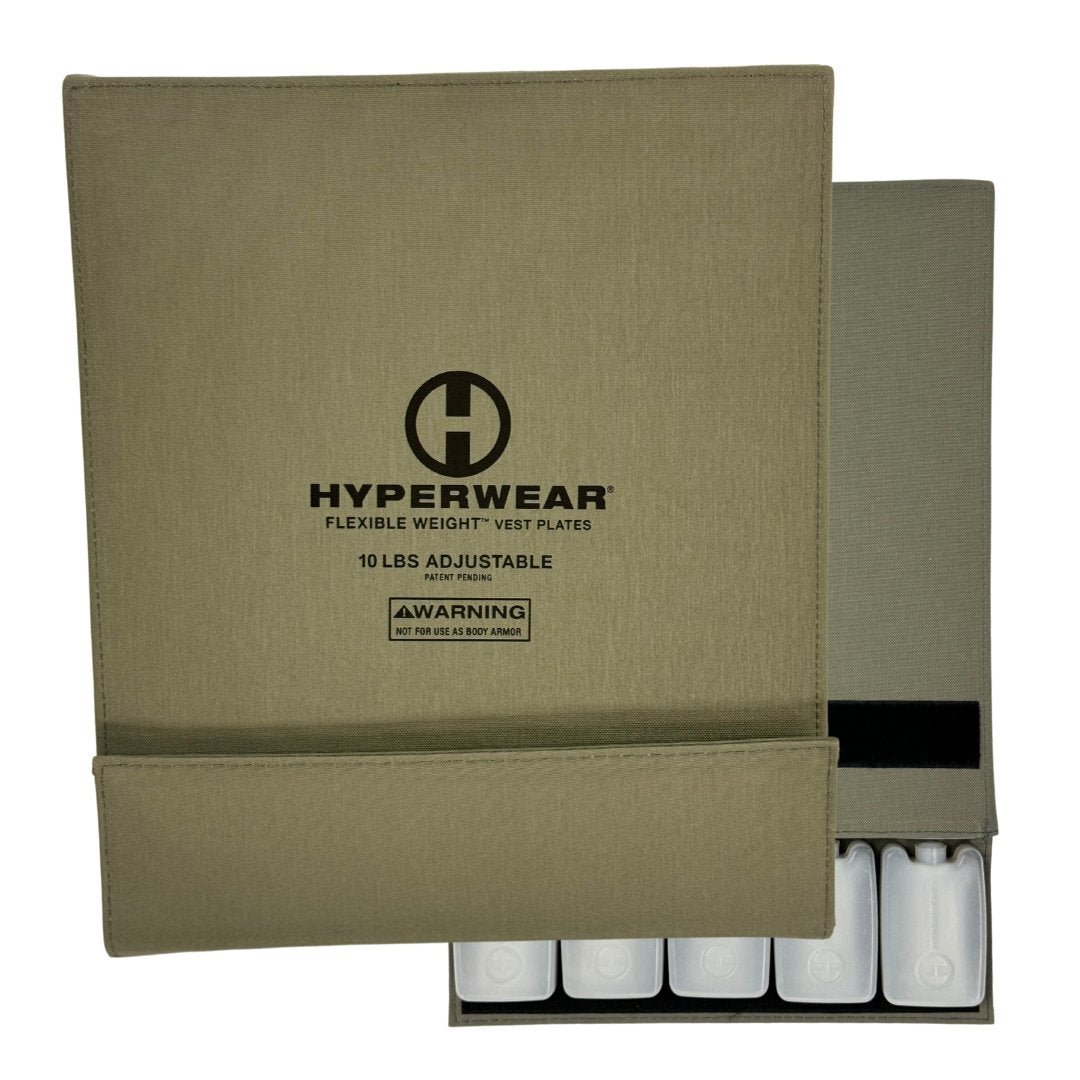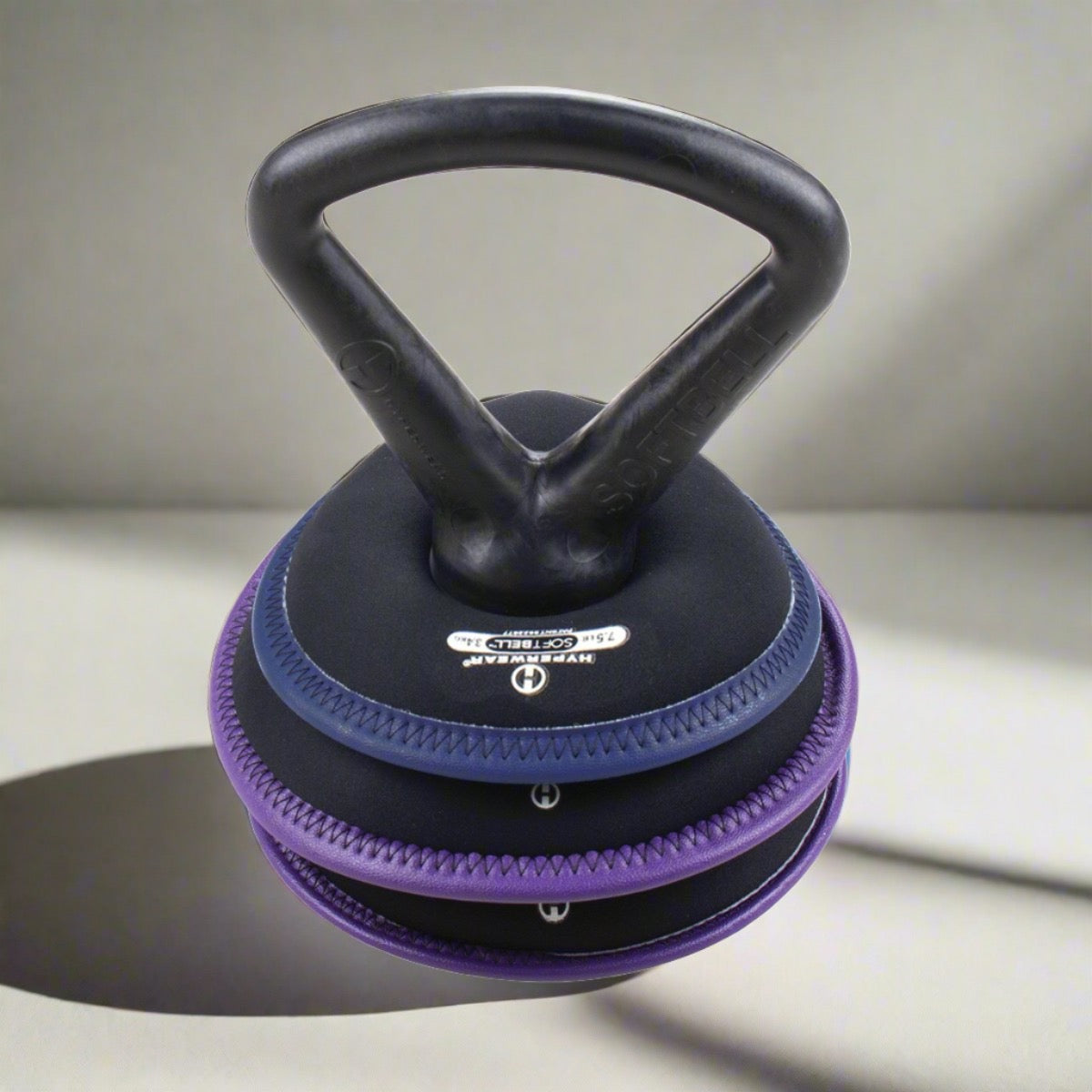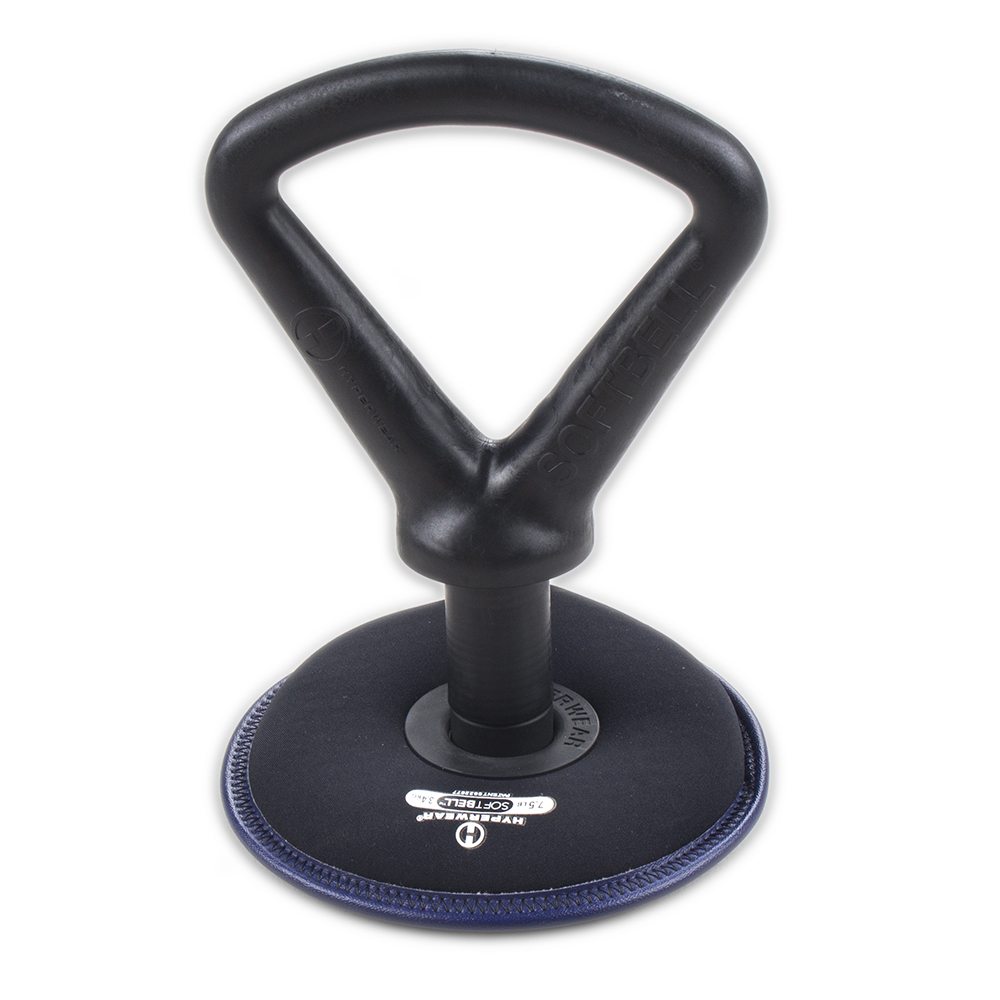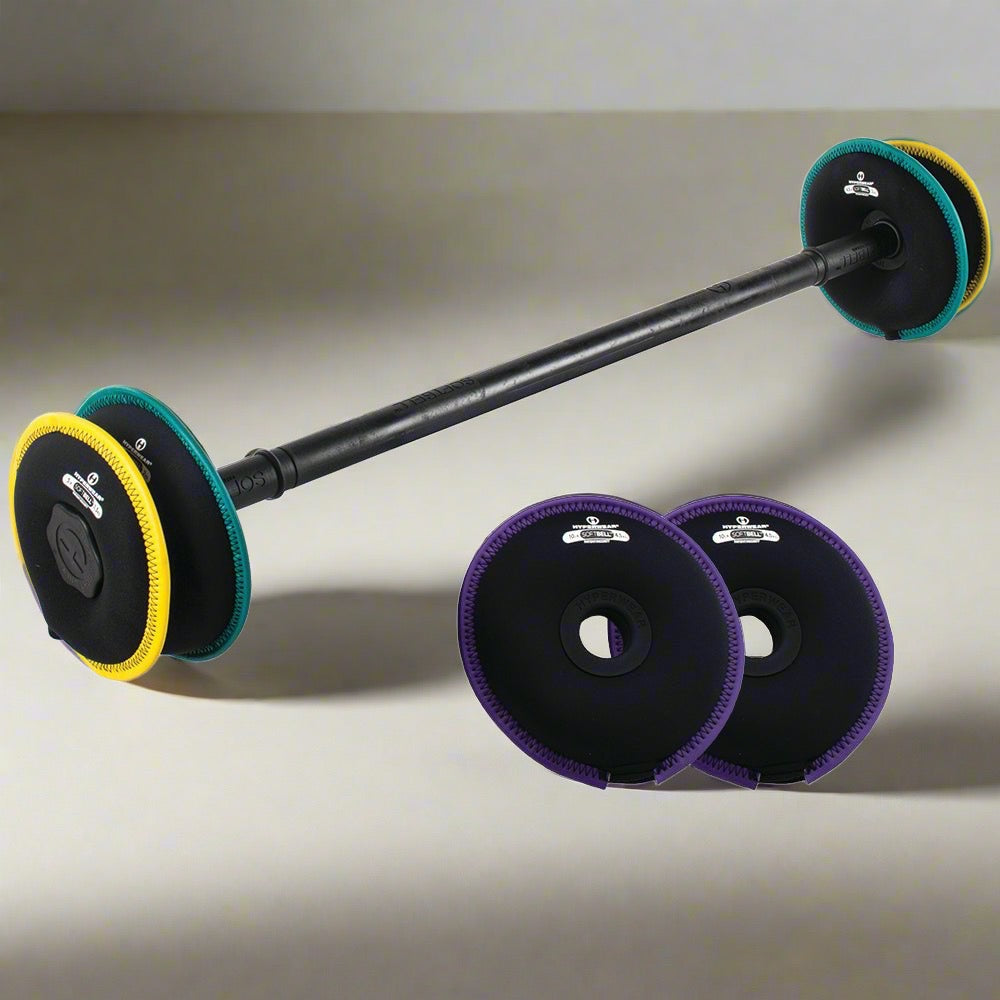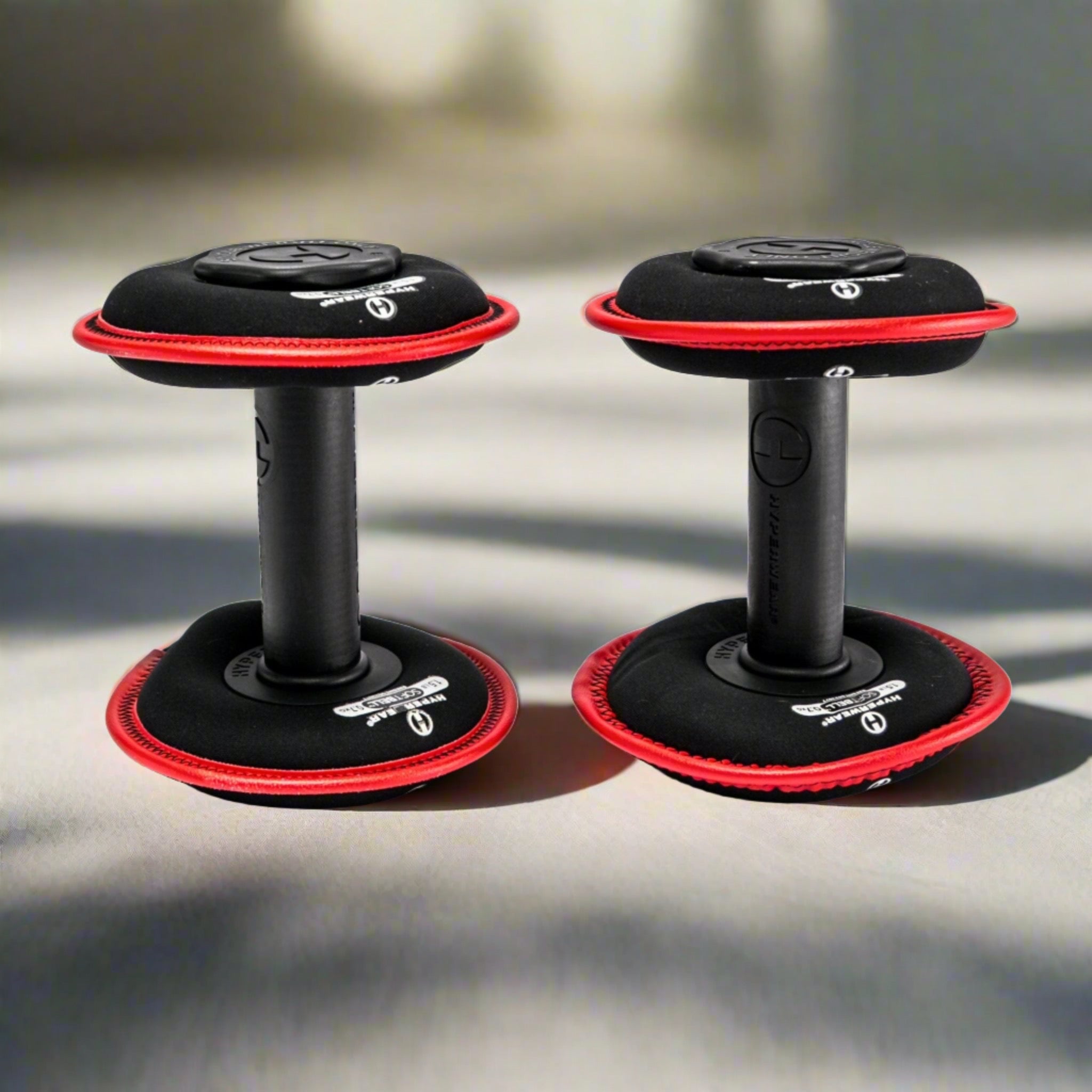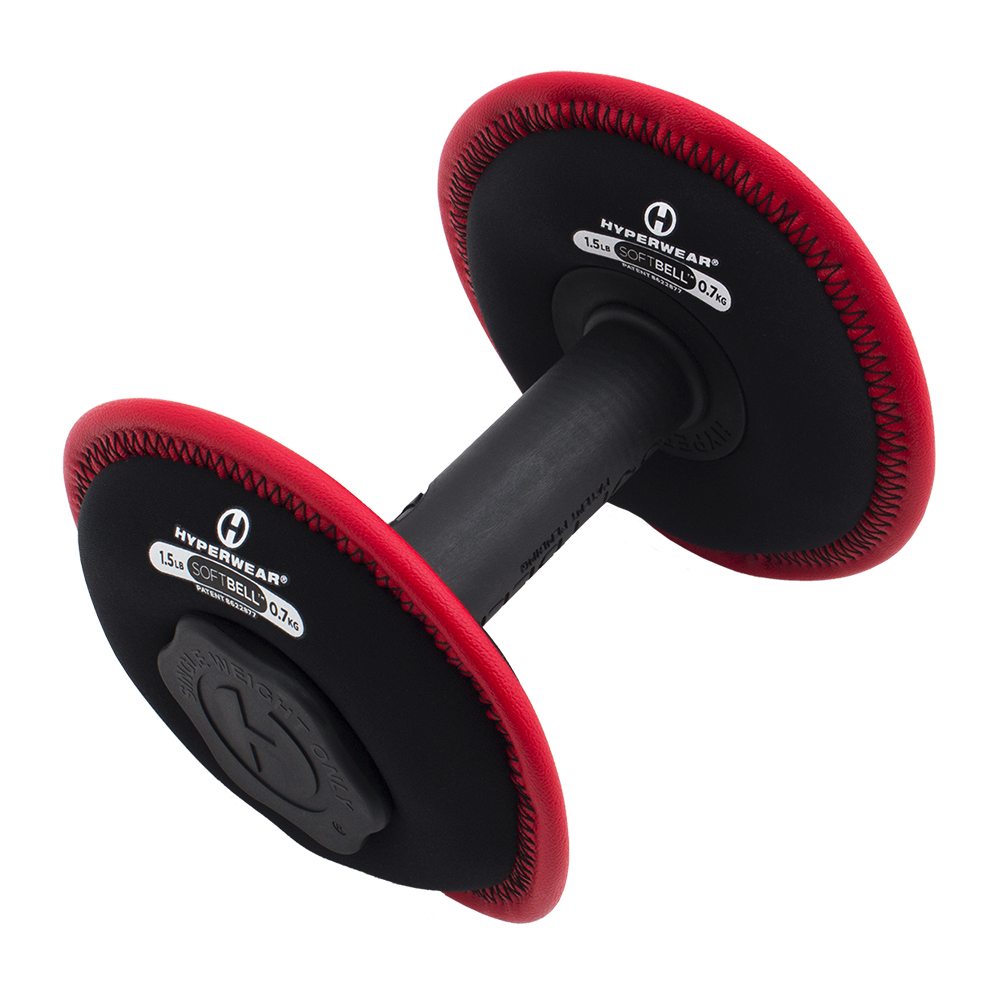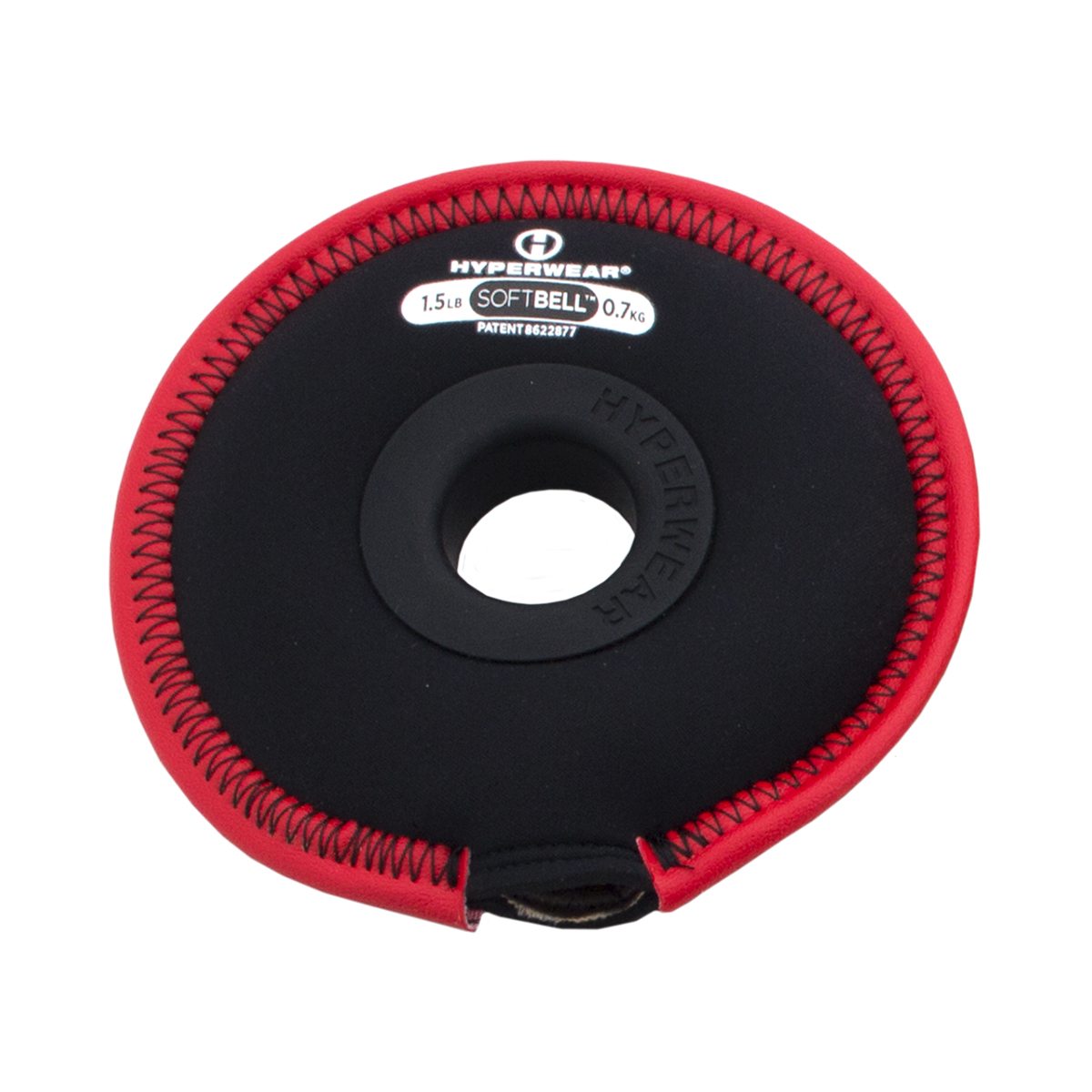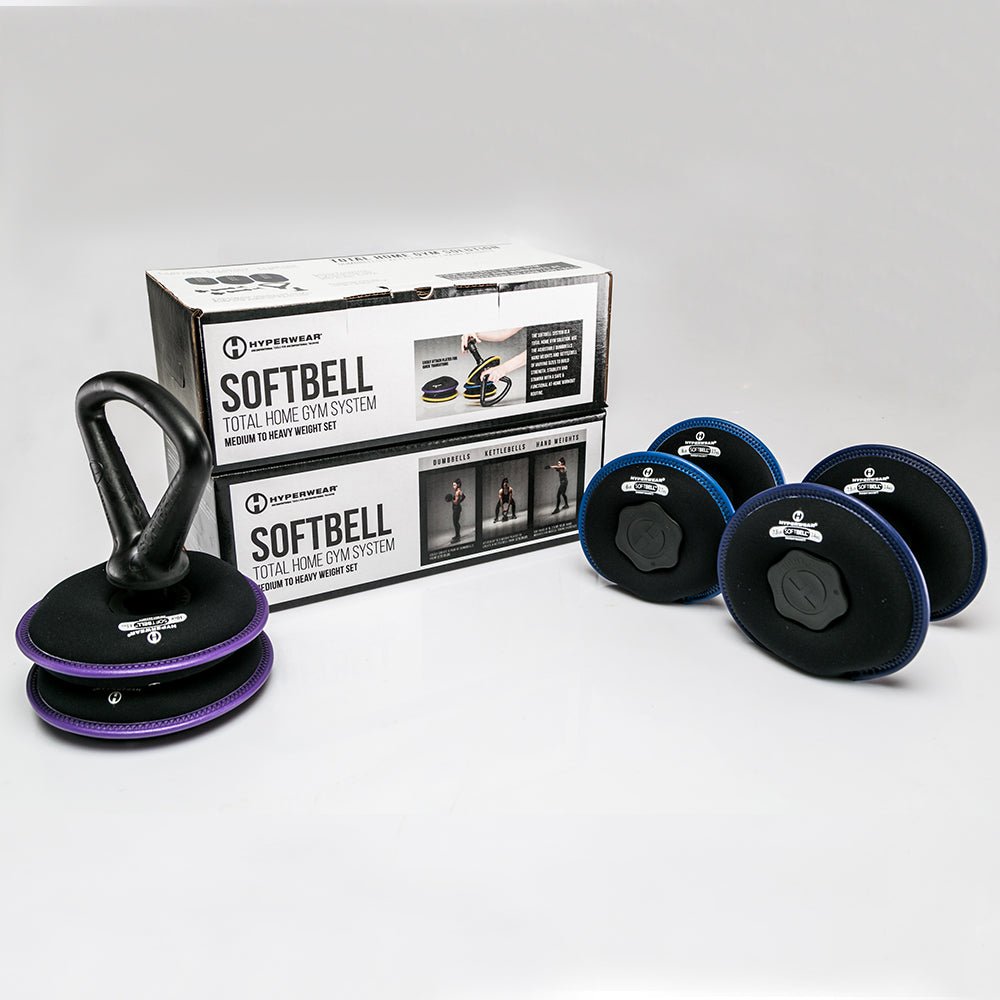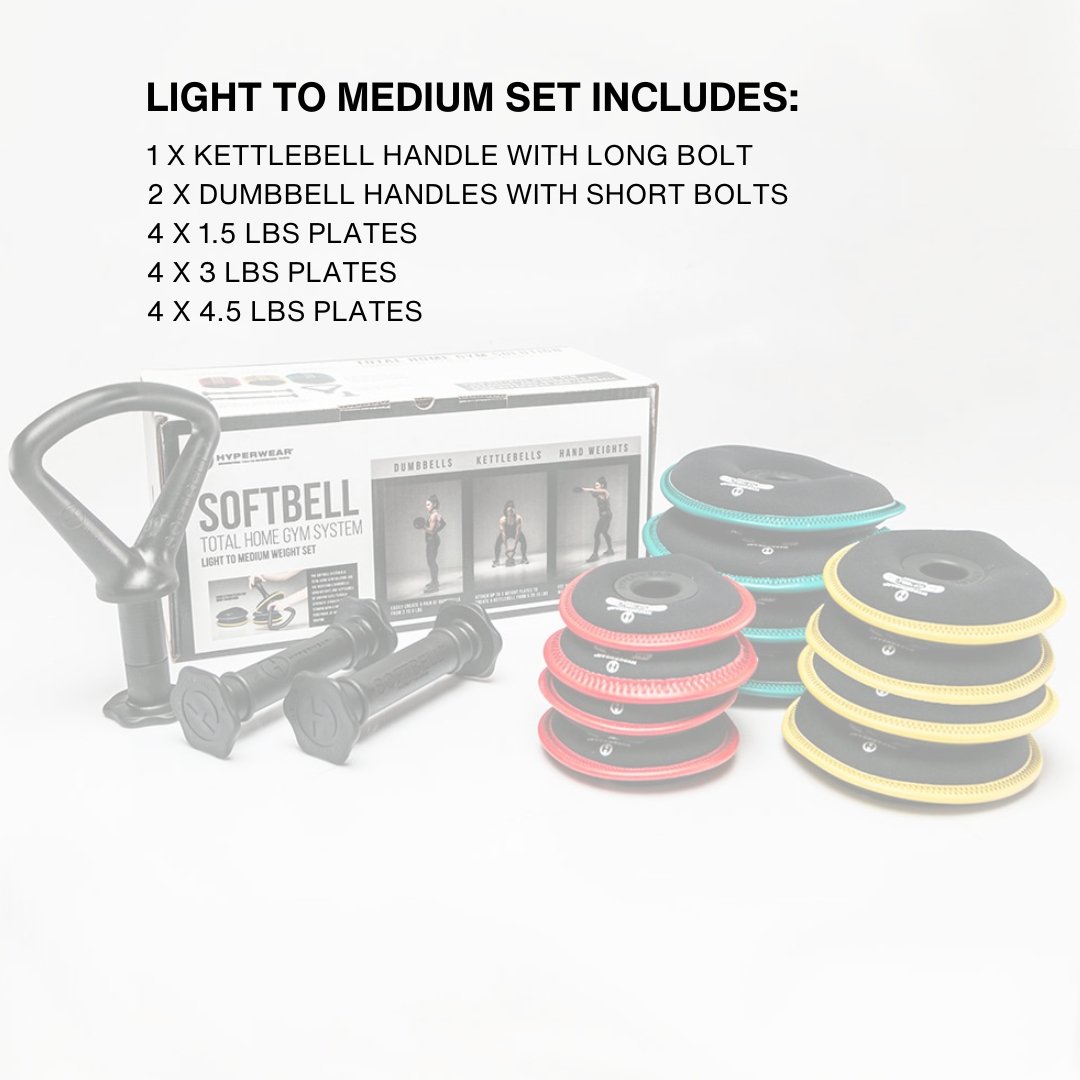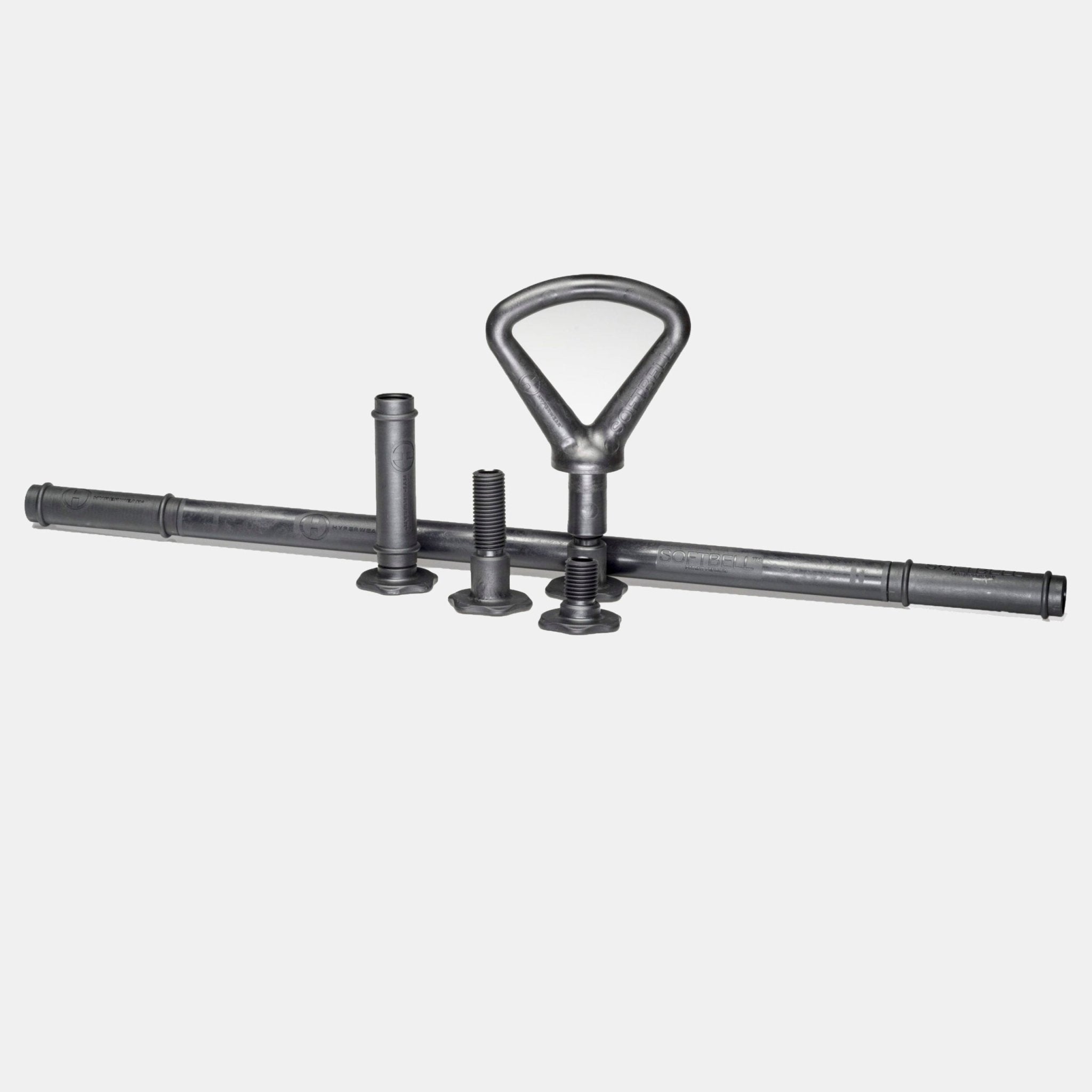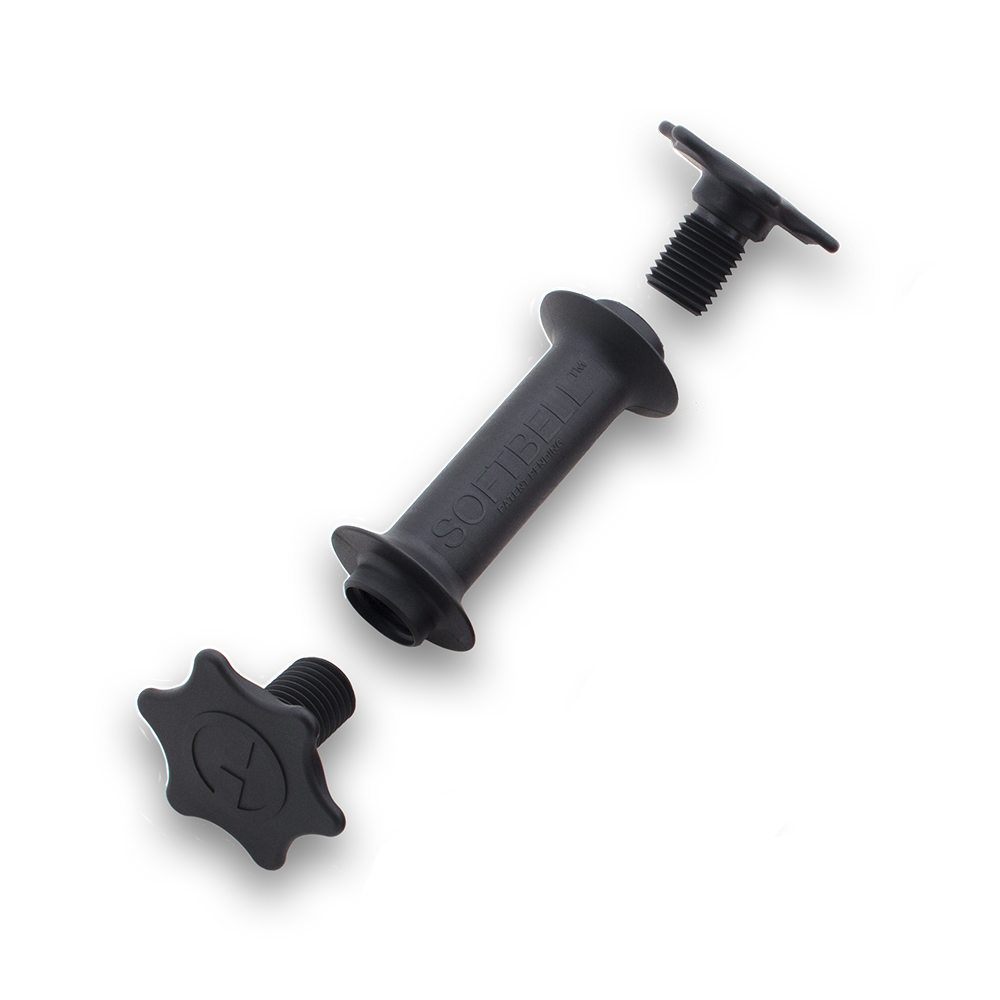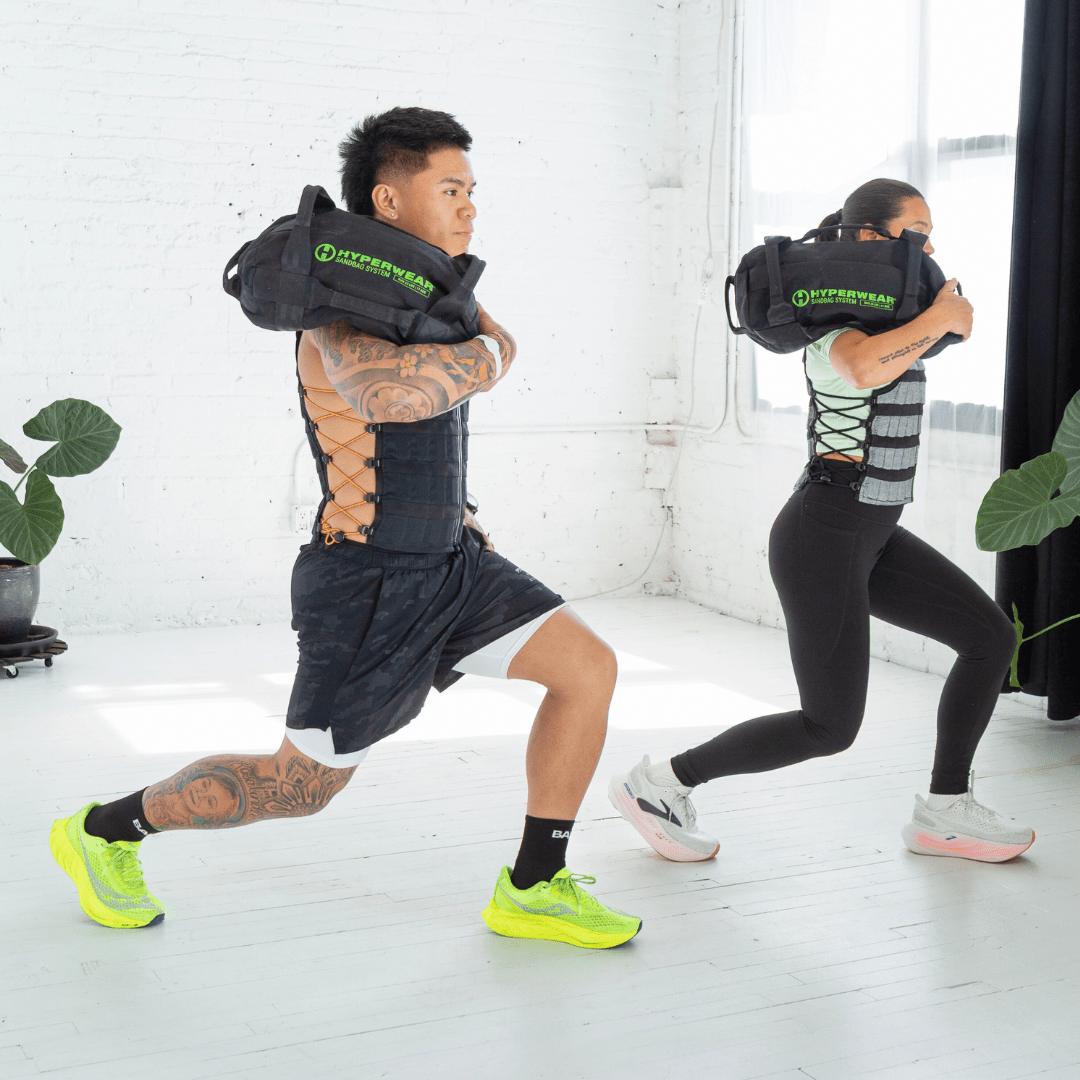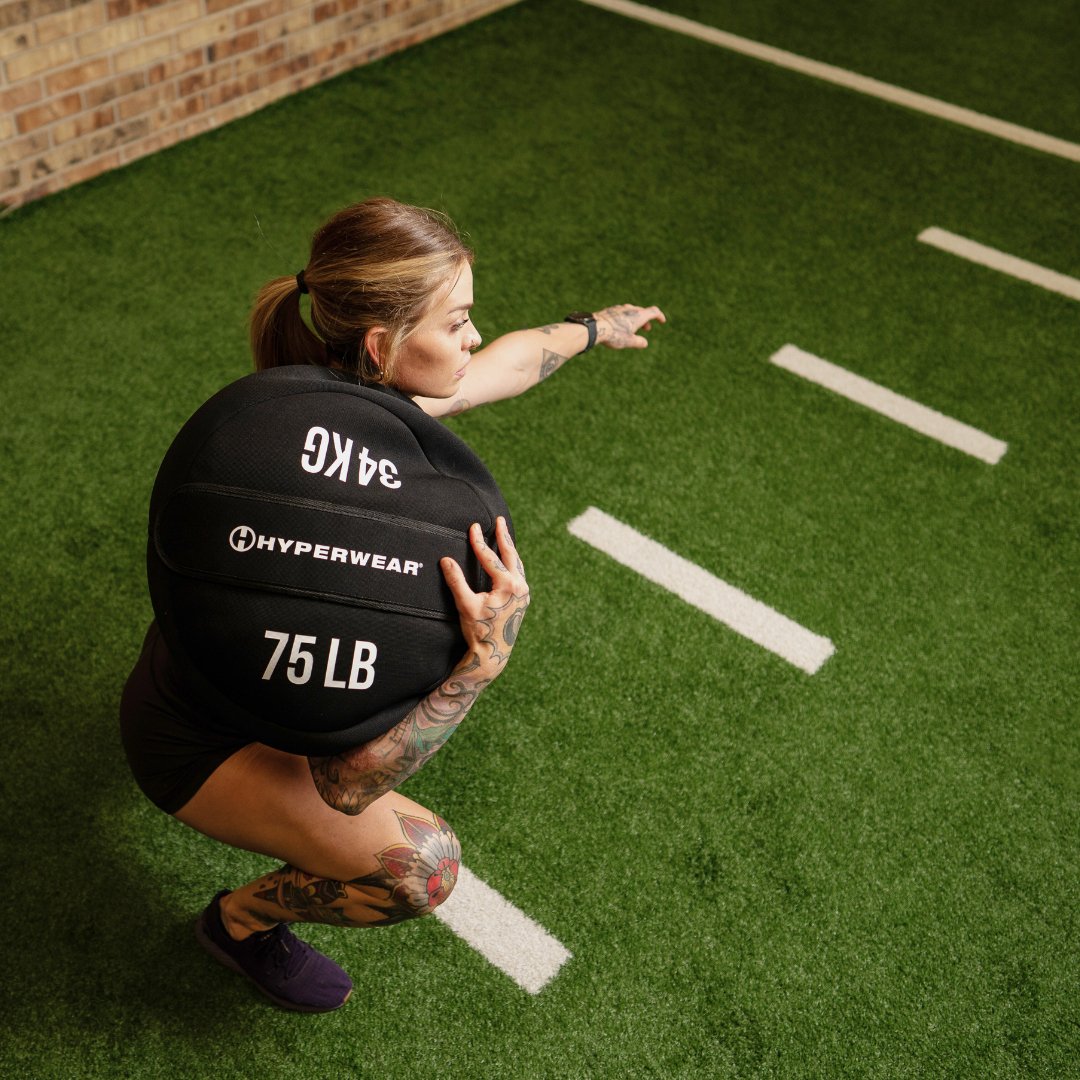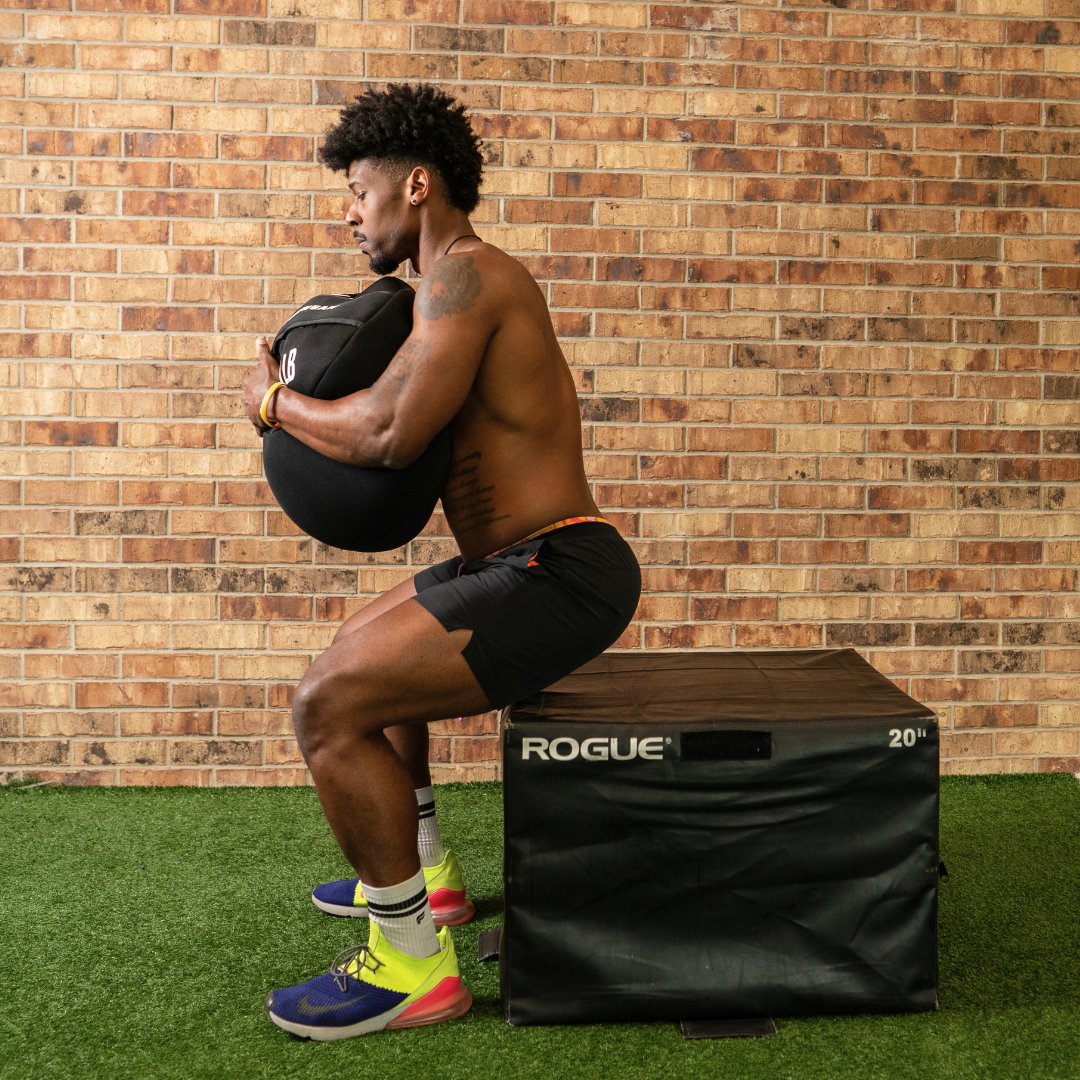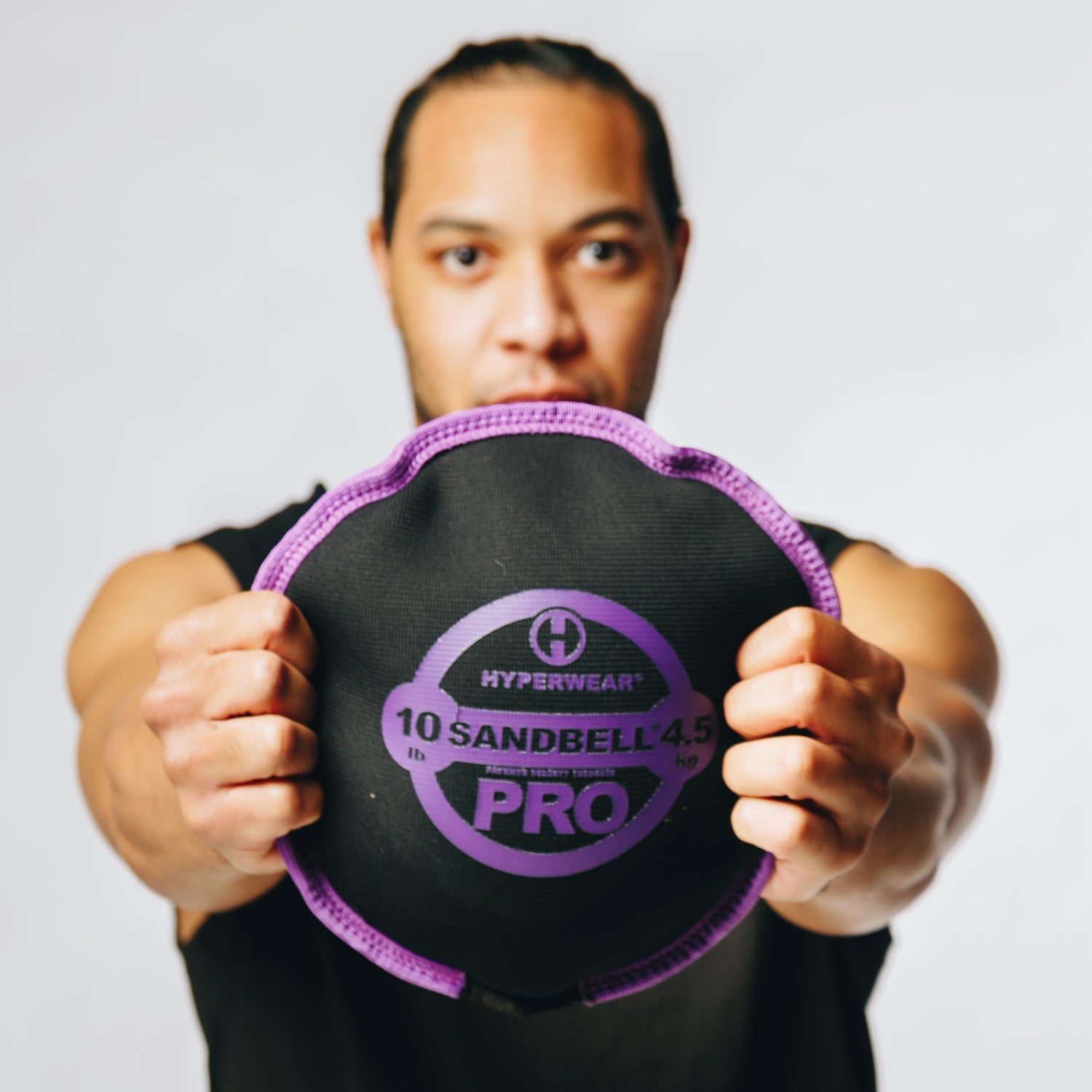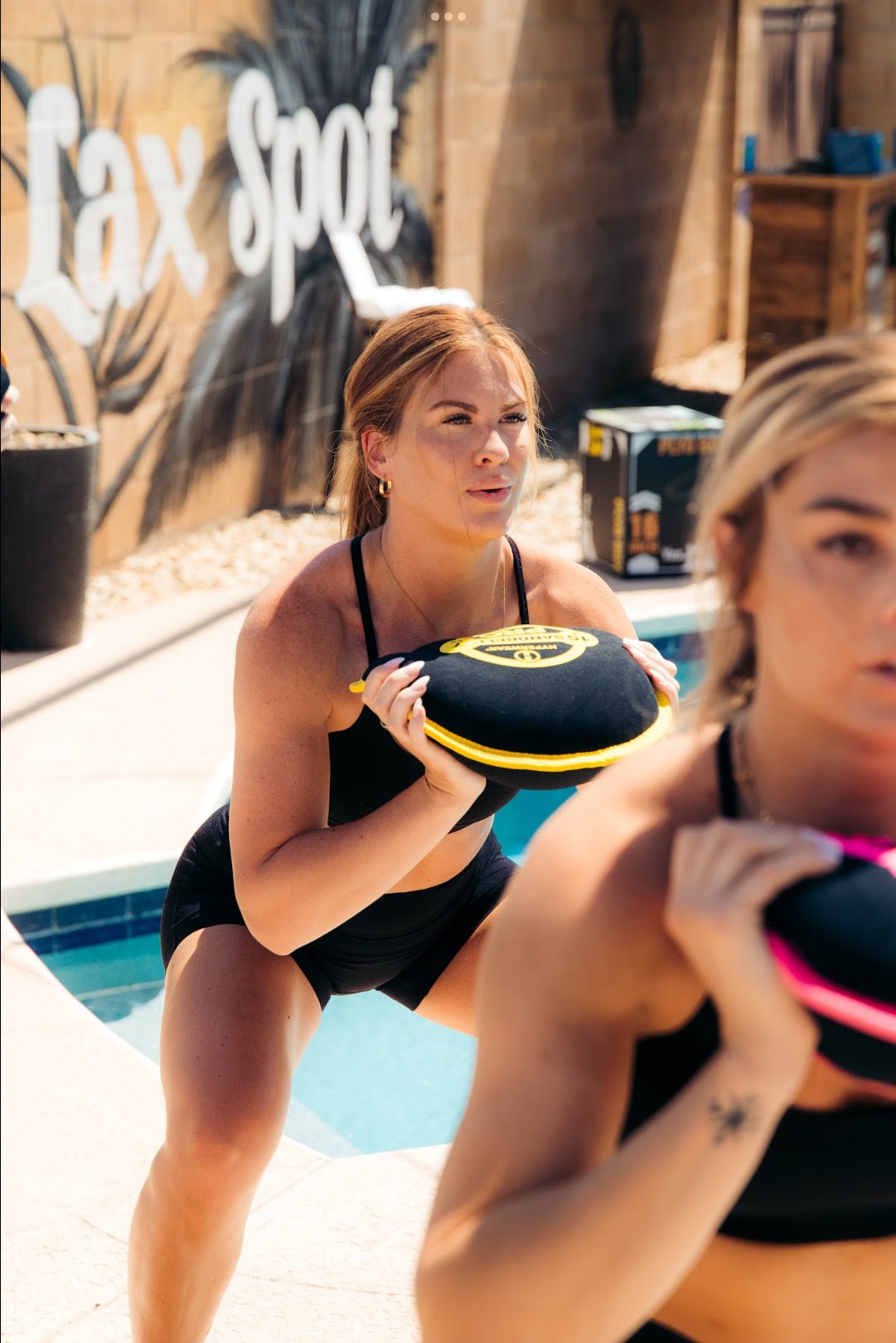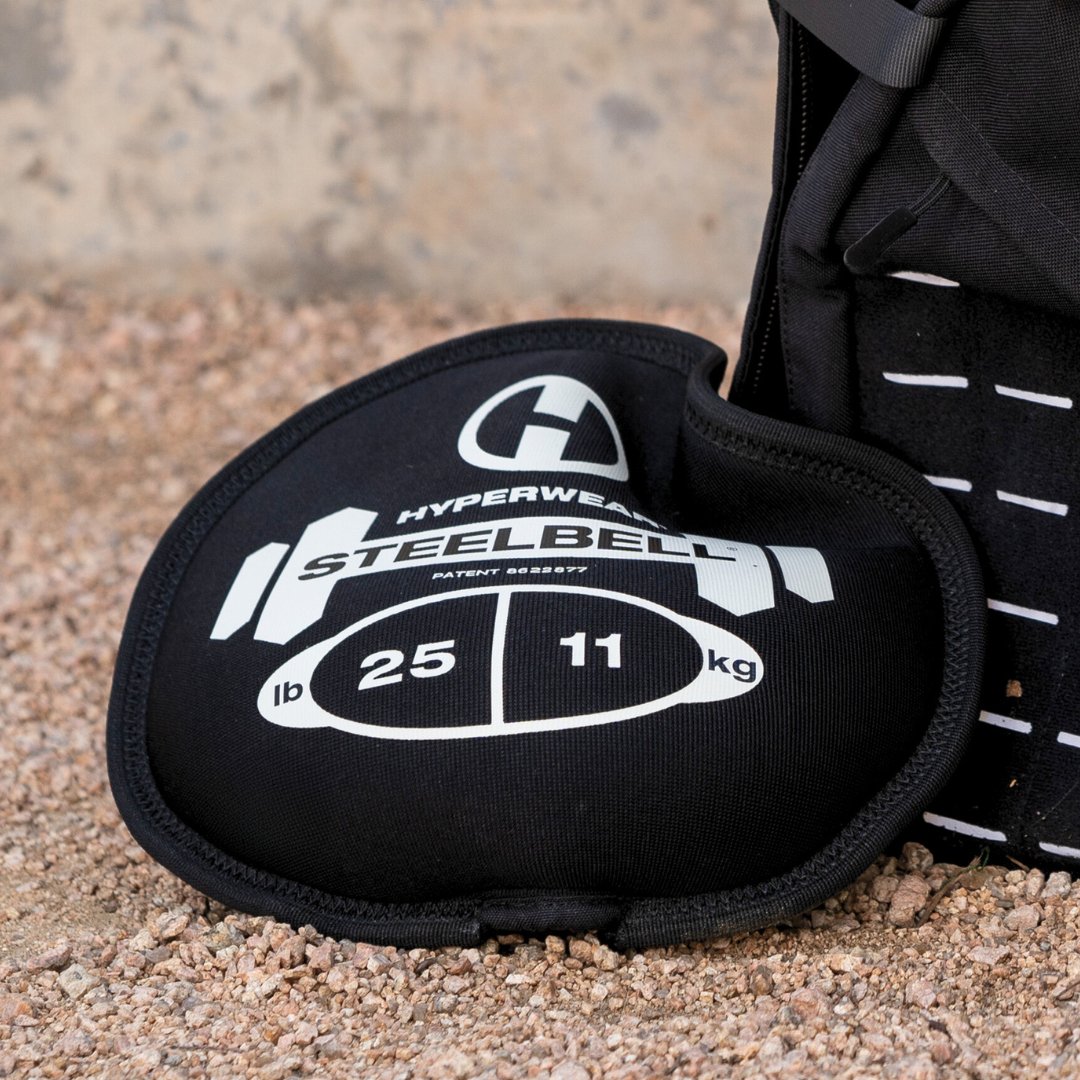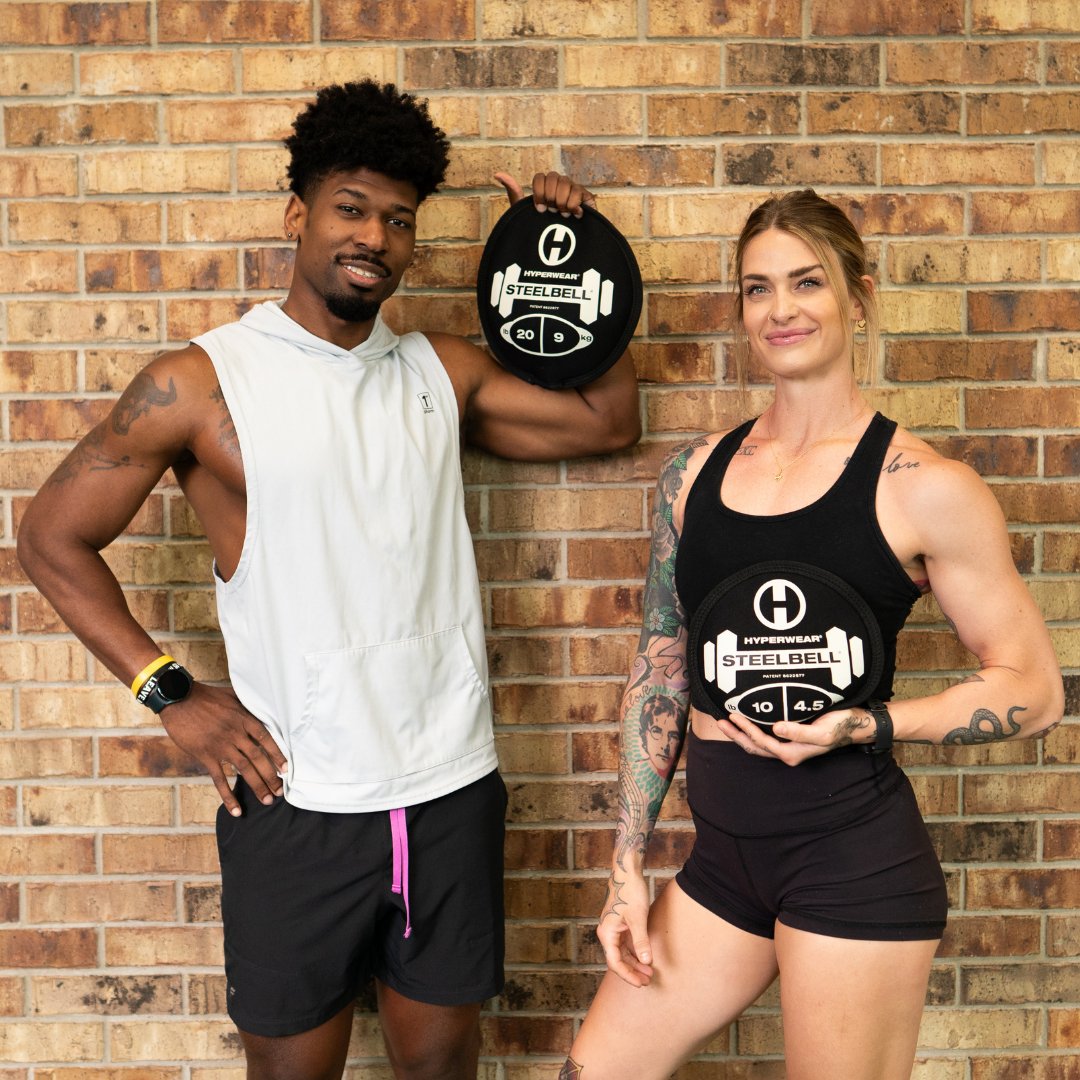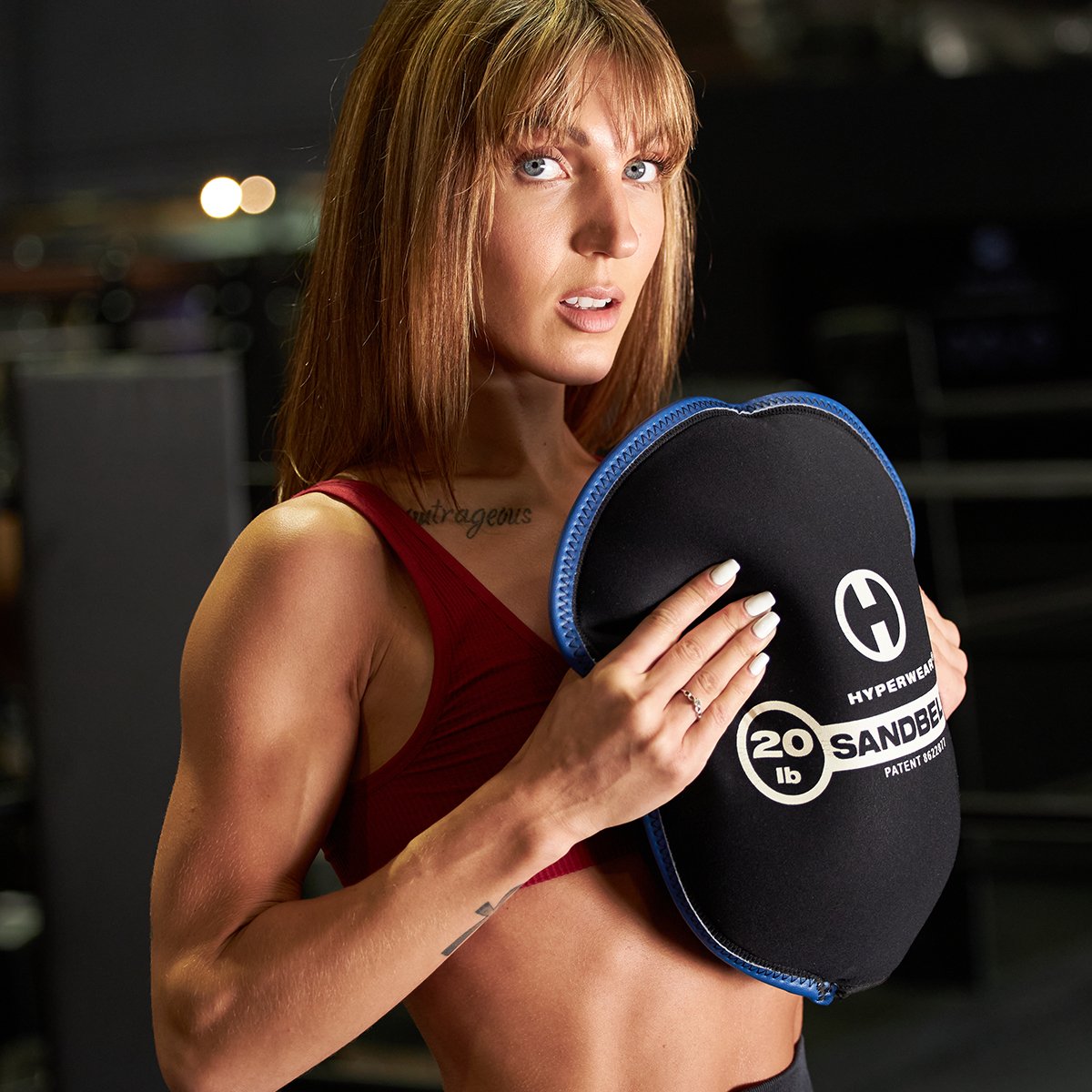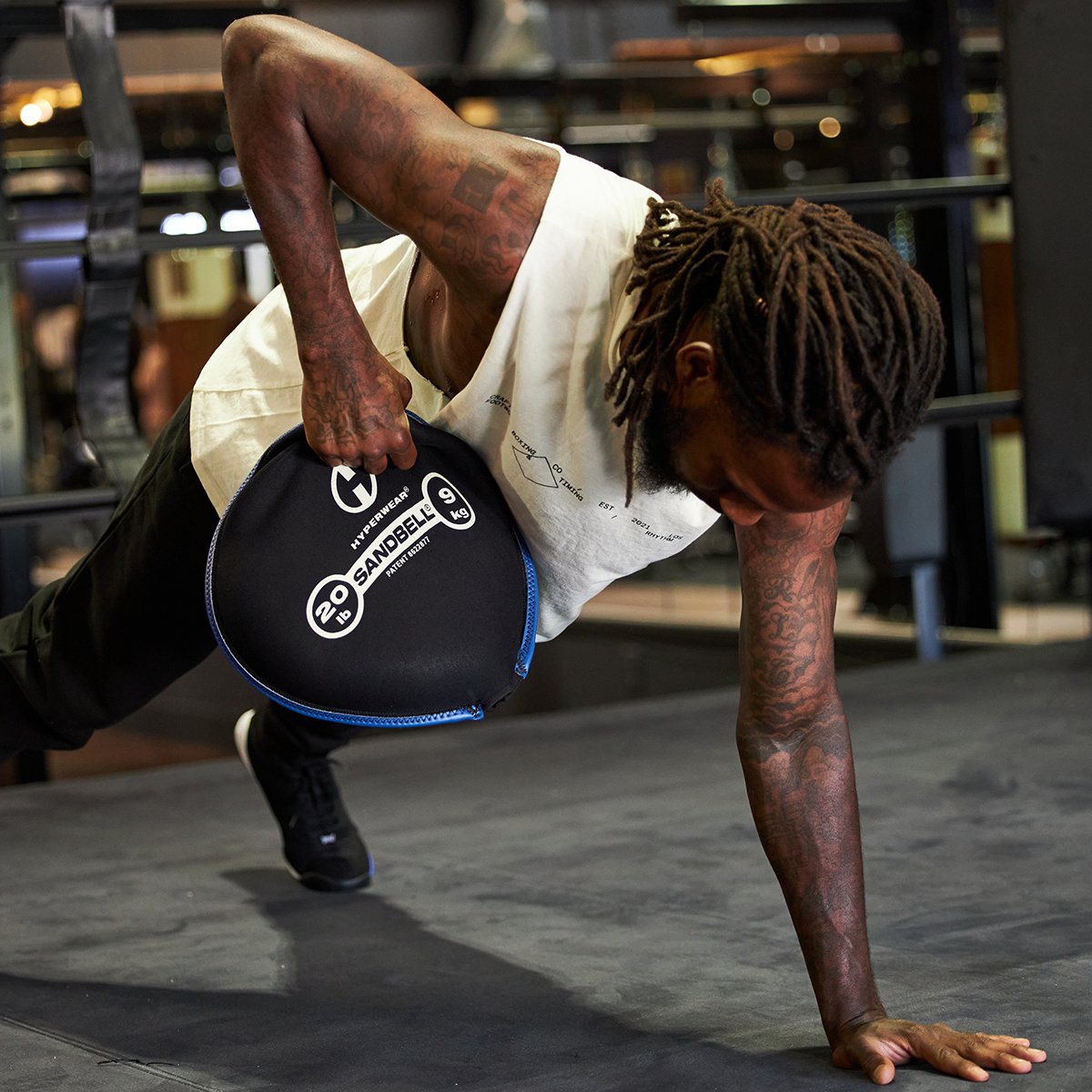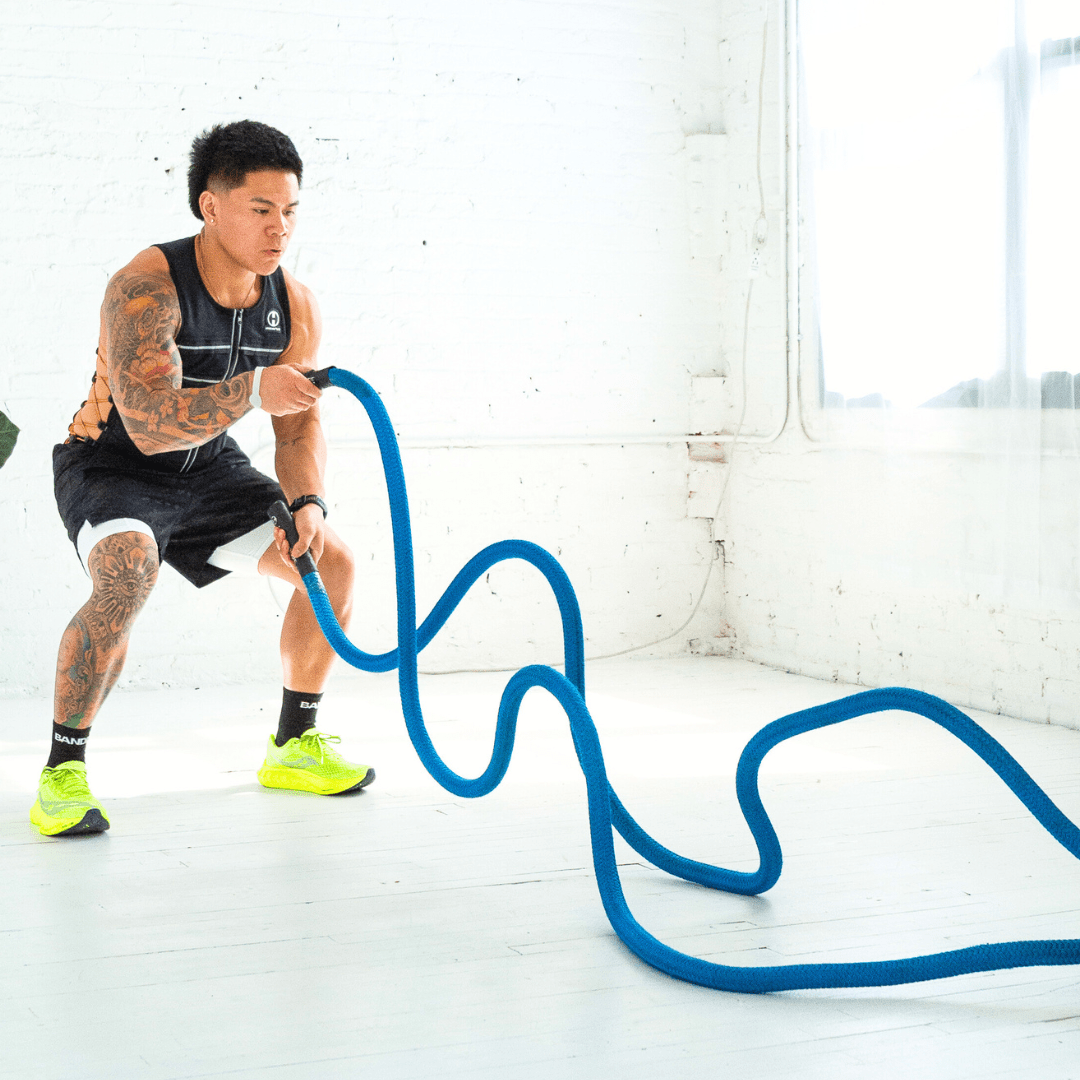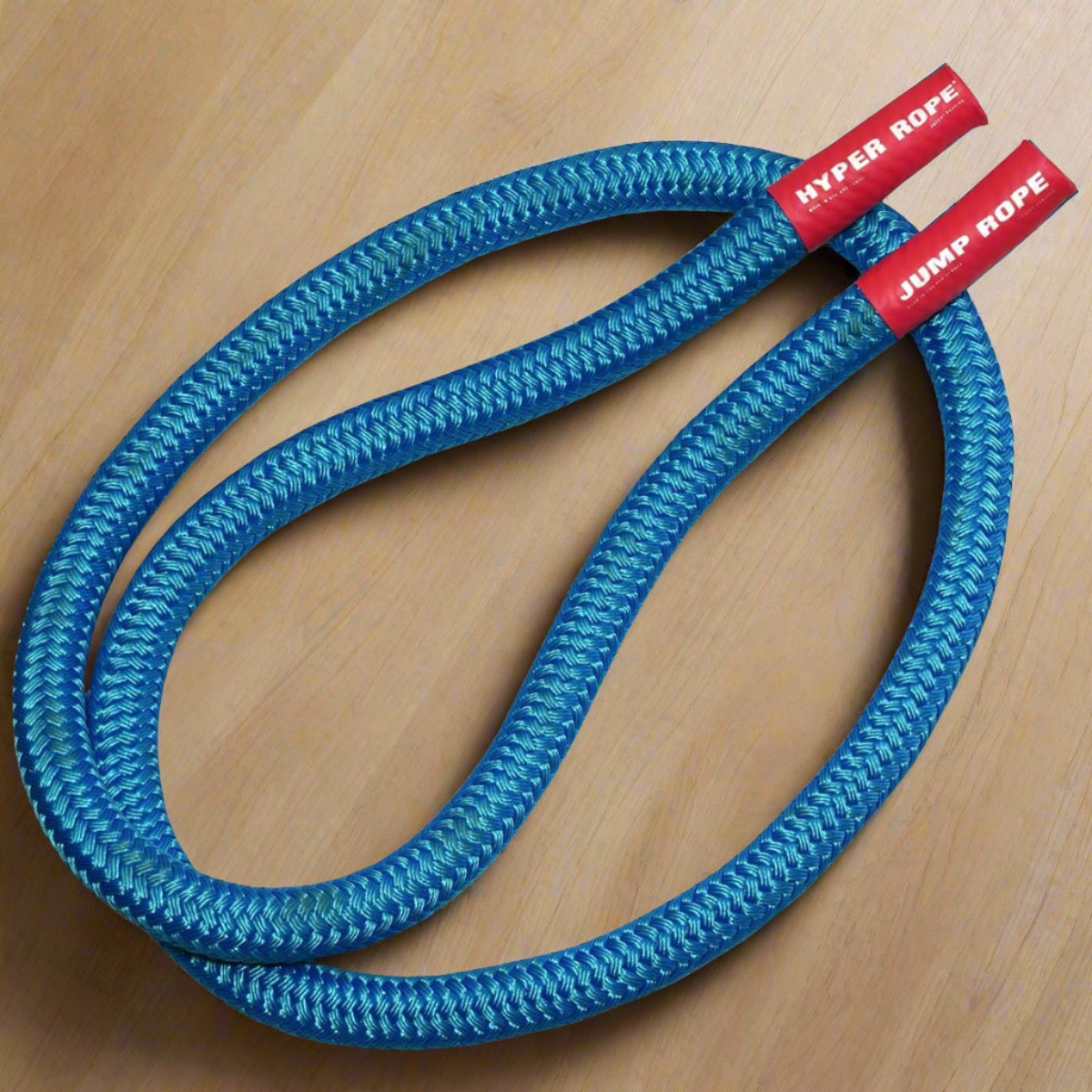explorer comment le travail de vitesse sur de courtes distances avec un gilet lesté se compare à une course longue et régulière.
Alors pourquoi choisir une courte ou une longue distance lorsqu'on court avec un gilet lesté ? L'objectif principal reste le même pour les deux types de courses : améliorer les performances et la santé. Cependant, la façon dont vous utilisez le gilet pour chaque type de course différera en fonction du type de résultats que vous devriez espérer obtenir en termes de performances et de santé.
Comme mentionné dans l' article précédent , l'une des premières façons de commencer à courir avec un gilet lesté, que ce soit sur une courte ou une longue distance, est d'augmenter progressivement le poids du gilet avec des intervalles de courte distance. La distance de ces intervalles peut aller de 30 à 100 mètres et le nombre d'intervalles peut varier de 5 à 10. Gardez à l'esprit que le poids doit être le plus léger possible au début. Accordez-vous beaucoup de repos lorsque vous vous habituez au gilet. Une fois que vous avez maîtrisé le poids de votre gilet, vous choisissez le type de course qui correspond à vos objectifs de performance.
Travail rapide

L'objectif principal du travail de vitesse est d'augmenter votre puissance sur des périodes de temps plus courtes. Des sports comme le sprint, le basket-ball et le football peuvent bénéficier de ce type de travail. Vous êtes également plus susceptible de constater des changements physiques plus rapides tels qu'une perte de poids ou une croissance musculaire. Lorsque vous vous concentrez sur le travail de vitesse, il s'agit d'une continuation des bases que vous avez construites en effectuant des intervalles de courte distance.
À ce stade, vous devriez avoir atteint votre poids idéal pour commencer à vous entraîner à la vitesse. Commencez par des échauffements au poids du corps, puis enchaînez avec quelques foulées pour préparer votre forme et votre mécanique. Une fois cela fait, enfilez le gilet et commencez par des sprints (sur la distance de votre choix) à environ 60-70 % d'effort. Augmentez lentement l'effort jusqu'à atteindre 90-100 %. Continuez avec quelques sprints supplémentaires à 90-100 %. Après une période de repos plus longue, enchaînez avec un ou deux sprints supplémentaires au poids du corps pour comparer votre effort et votre forme. Il est important de noter que vous ne devriez constater que peu ou pas de changement dans votre forme de sprint lorsque vous portez un gilet.
Tenir la distance
À l’autre extrémité du spectre se trouve la course longue distance. Lorsque vous courez sur de longues distances avec un gilet lesté, votre corps est affecté différemment. Votre corps augmentera sa densité osseuse et son endurance musculaire en passant plus de temps avec un gilet lesté. Selon le terrain, la demande d’équilibre et de coordination sera plus grande à chaque kilomètre parcouru. Des activités telles que la randonnée en montagne, la course sur sentier et même le cyclisme bénéficieront grandement de la course longue distance.

La course longue distance peut varier de 1 à 25 miles selon les besoins de vos activités. Contrairement au travail de vitesse, vous devrez peut-être recommencer en augmentant lentement le poids et la distance de vos courses. Par exemple, si je veux courir 5 miles avec un gilet lesté de 10 lb, je commencerais à courir 1 mile avec 3 lb dans mon gilet. Ensuite, je progresserais pour courir 1 mile avec 5 lb et répéterais ce processus jusqu'à atteindre 10 lb. À partir de là, recommencez avec le poids à 2 miles. La méthode inverse peut être effectuée en commençant avec un gilet lesté de 10 lb et en passant de la course d'un demi-mile à 1 mile puis à 5 miles. Chaque méthode a ses propres avantages en fonction de vos besoins. L'objectif est de passer plus de temps à porter le gilet dans les deux cas. Il a également été démontré que l'échauffement pour courir avec un gilet lesté améliore les performances. Assurez-vous d'essayer de porter environ 10 % de votre poids corporel pour votre échauffement avant la course.
Gardez à l'esprit que plus la distance est longue, plus il est nécessaire d'intégrer des pauses de marche dans ces courses. Porter le gilet lesté pendant 40 km peut vous réduire à la randonnée rapide au lieu de courir, mais vous sera bien plus bénéfique que de courir tout le long. Découvrez ici comment vous entraîner avec un gilet lesté pour des courses et des randonnées plus longues comme le défi Rim to Rim to Rim du Grand Canyon.
Vous souhaitez savoir comment vous entraîner avec un gilet lesté ? Vous trouverez ici un aperçu des recherches effectuées sur les gilets lestés .
Découvrez nos 5 meilleurs exercices de force et de mobilité pondérés pour les coureurs
Conseils pour l'entraînement avec gilet lesté pour la course à pied
